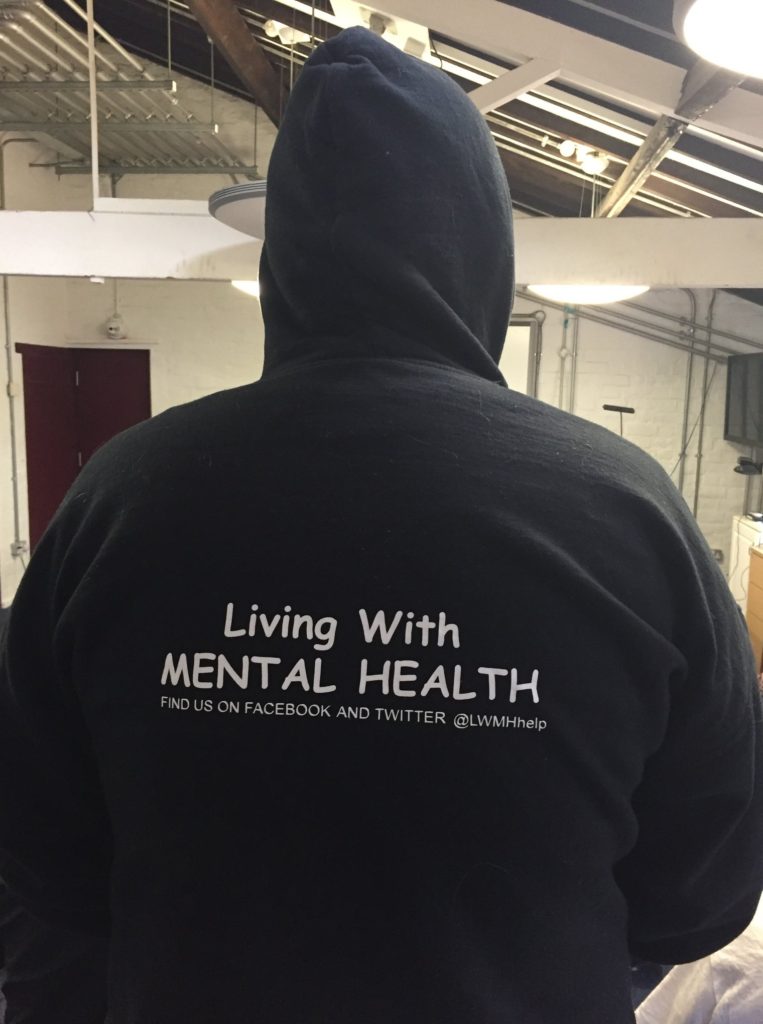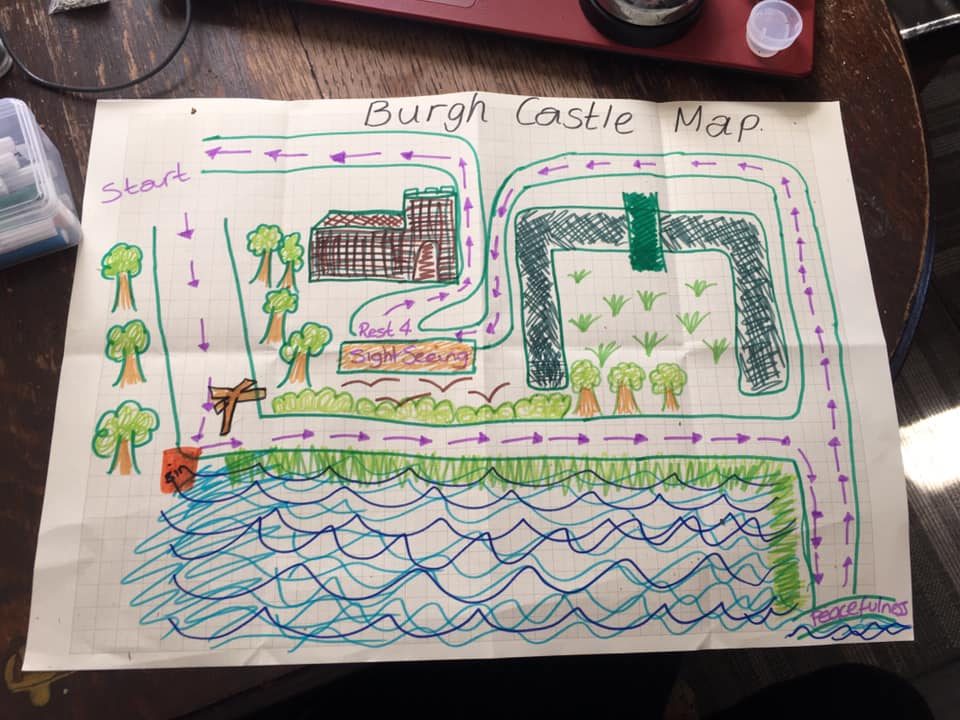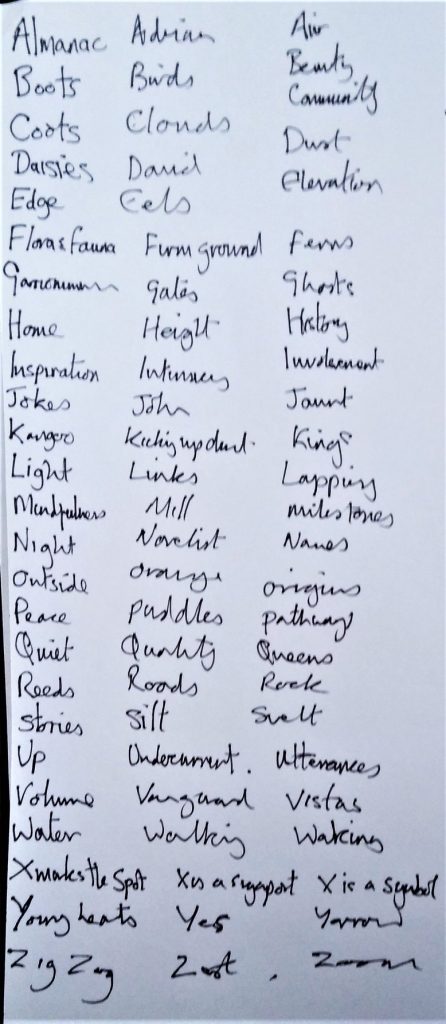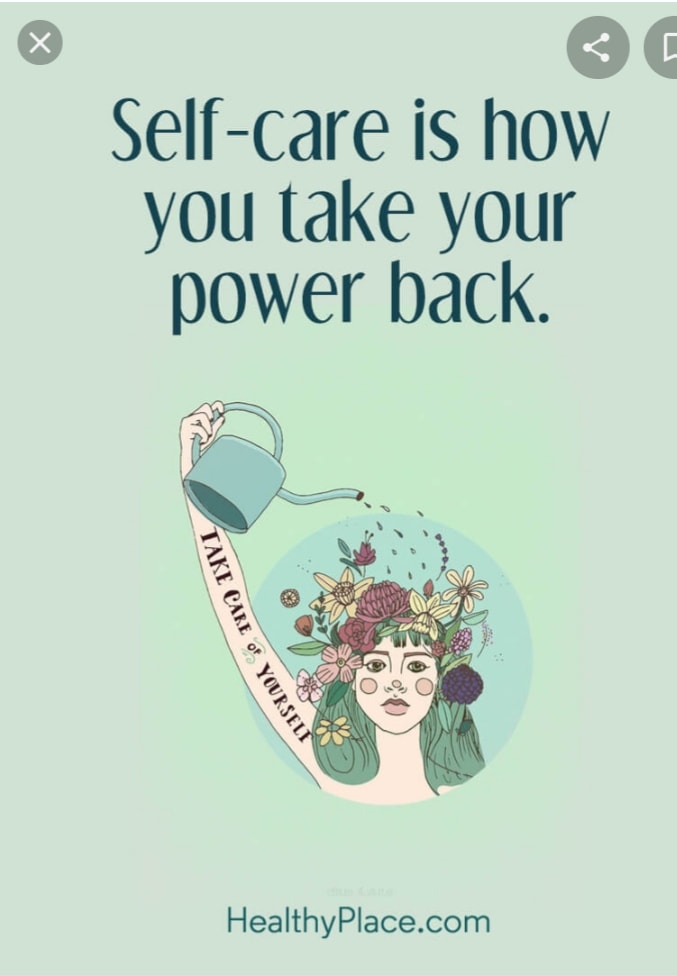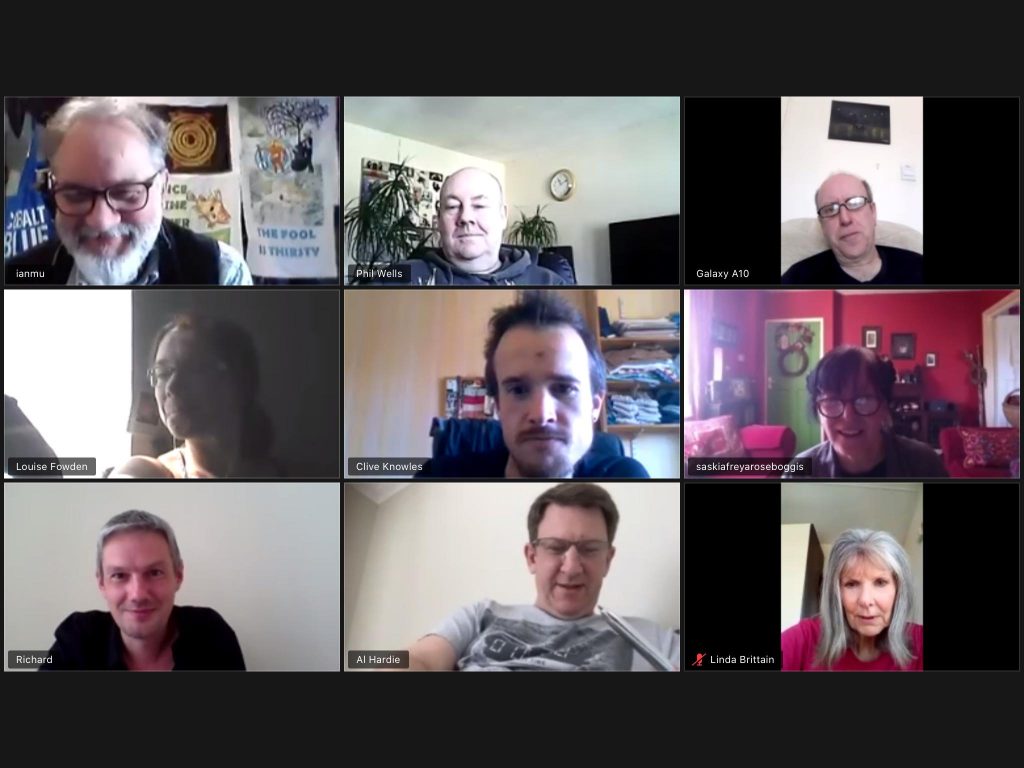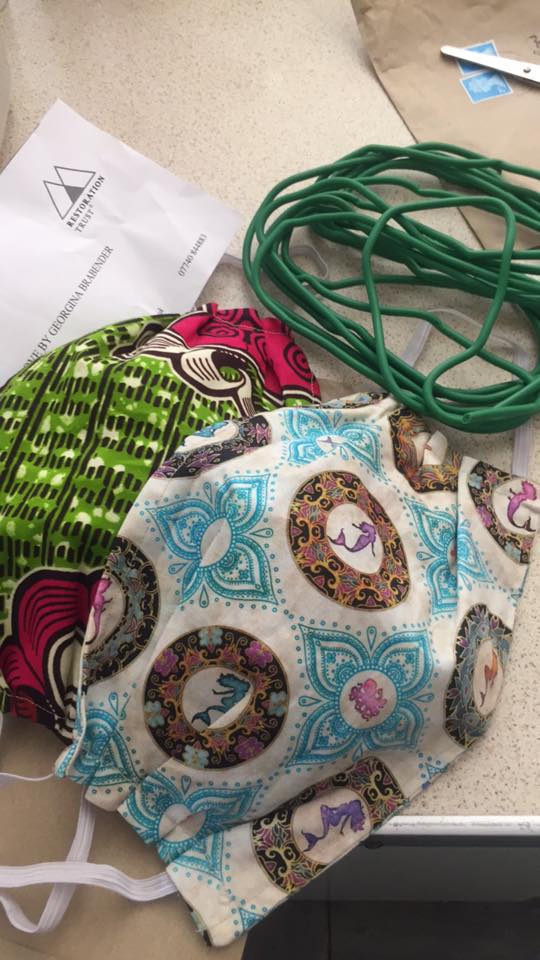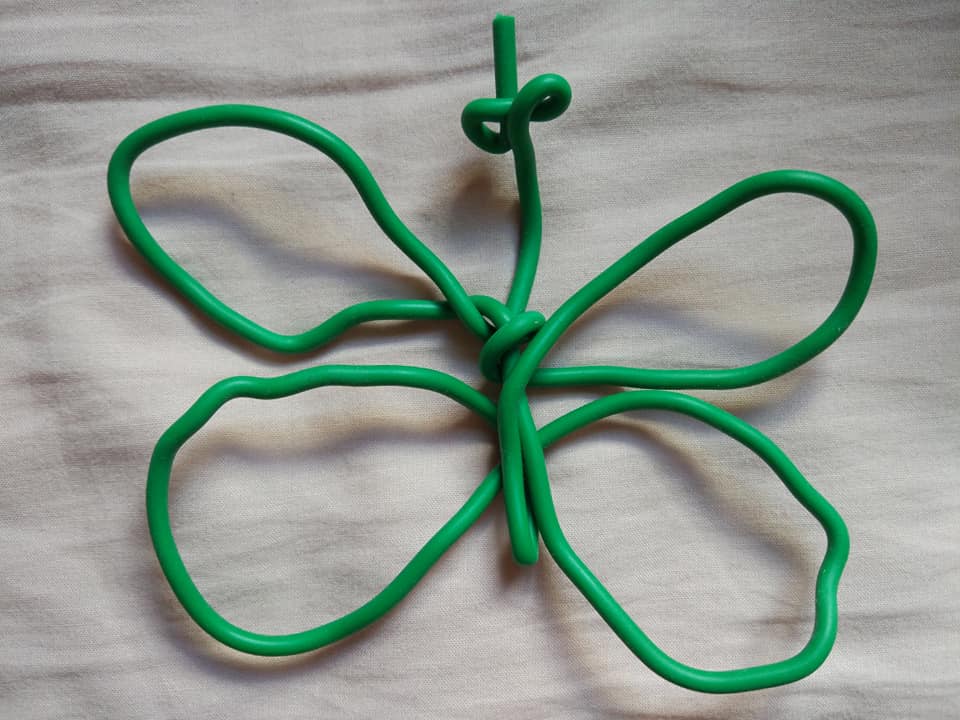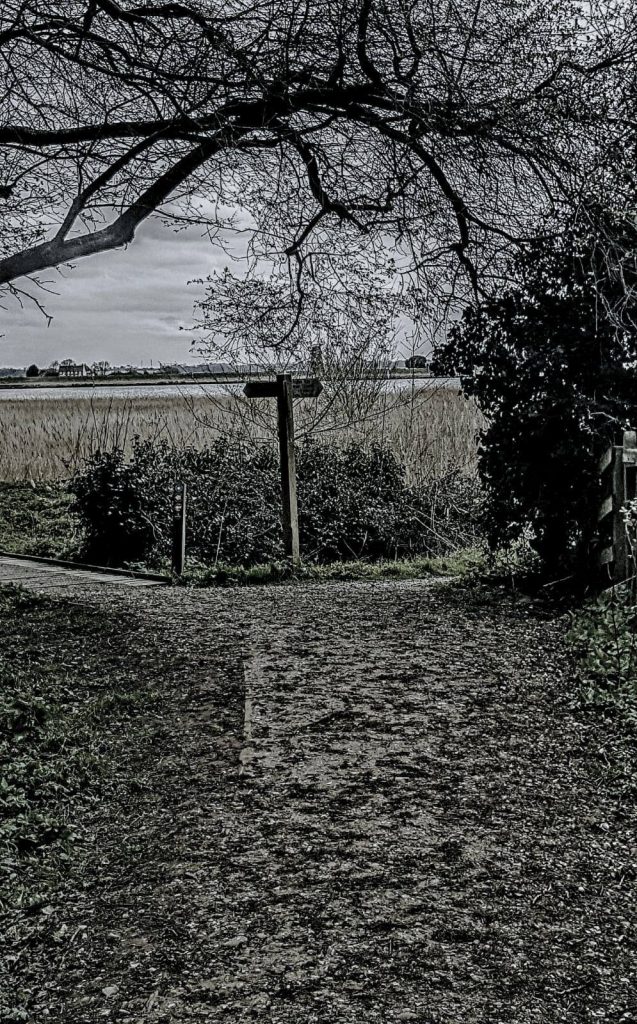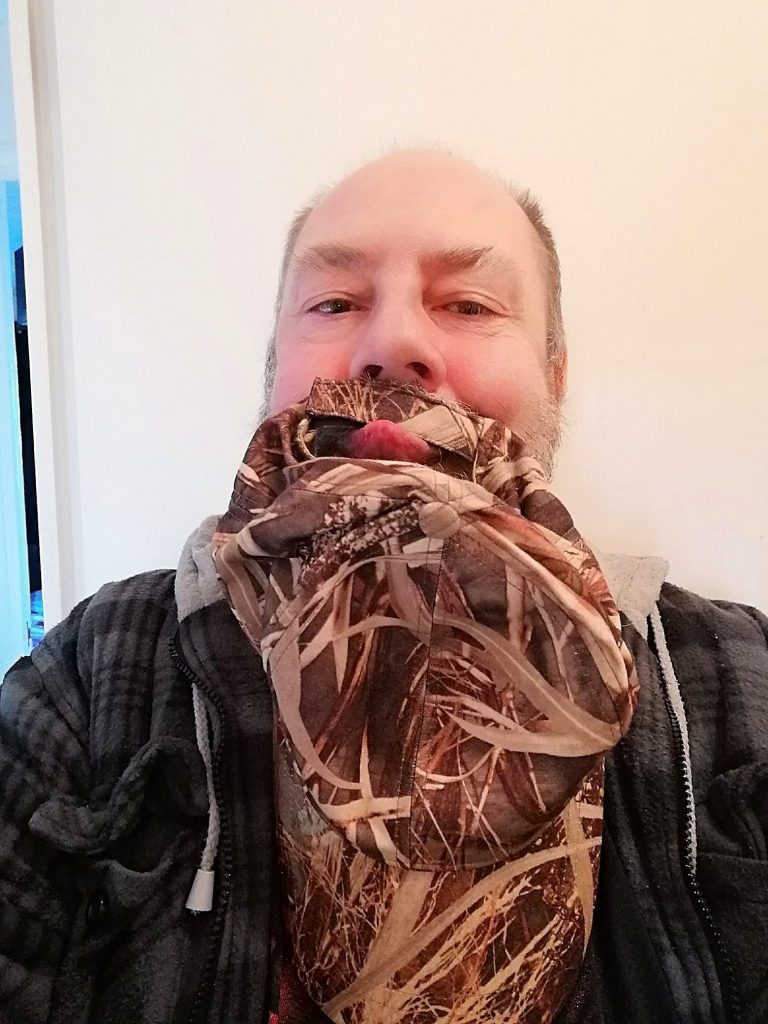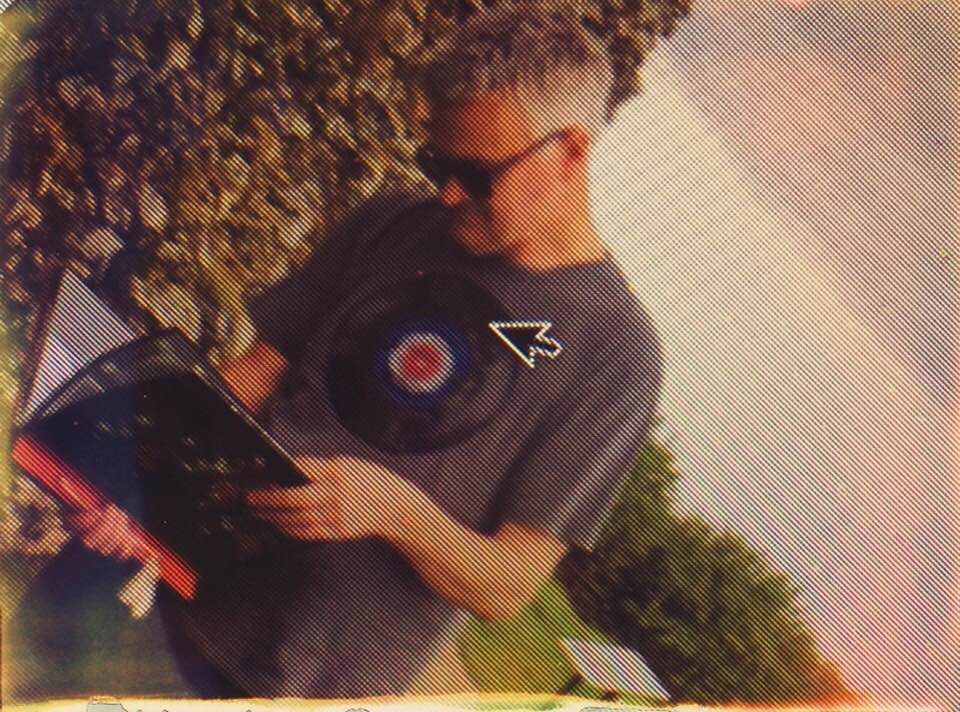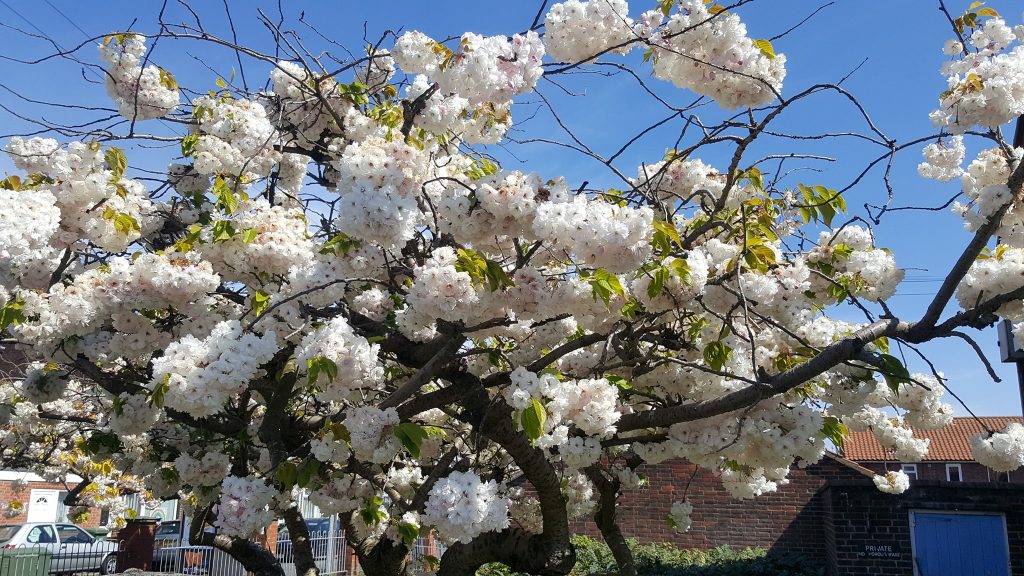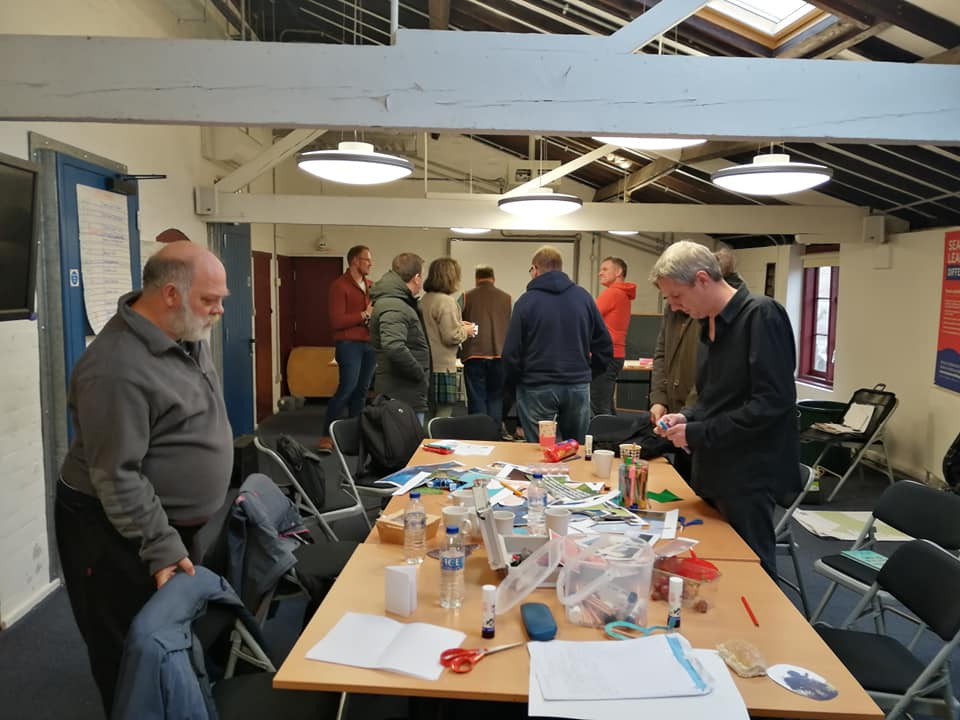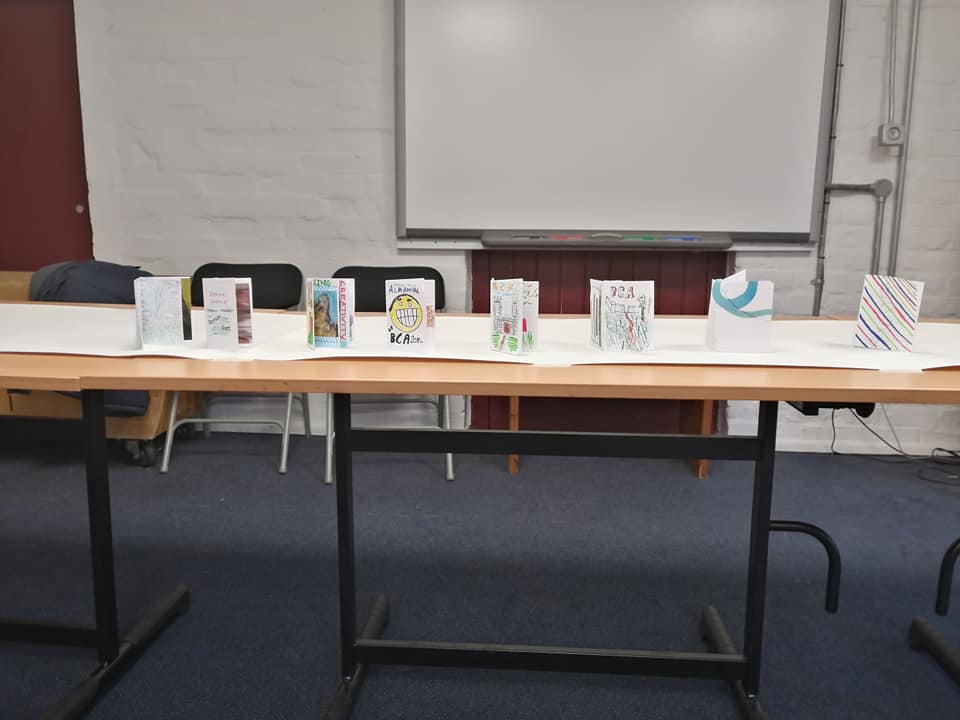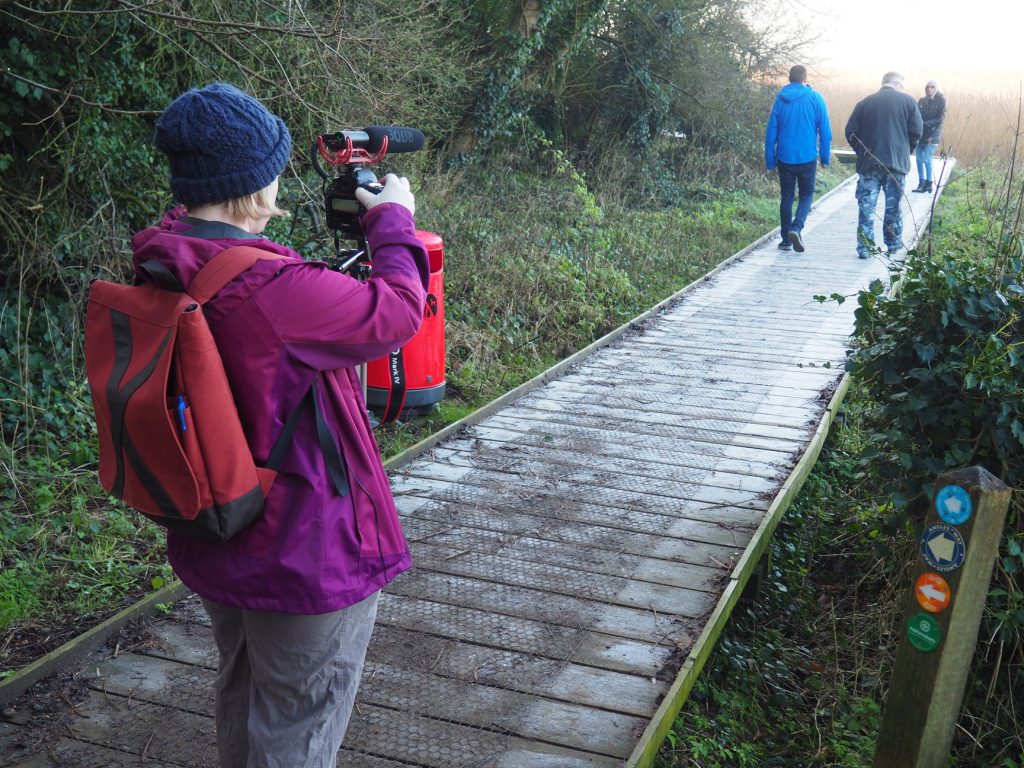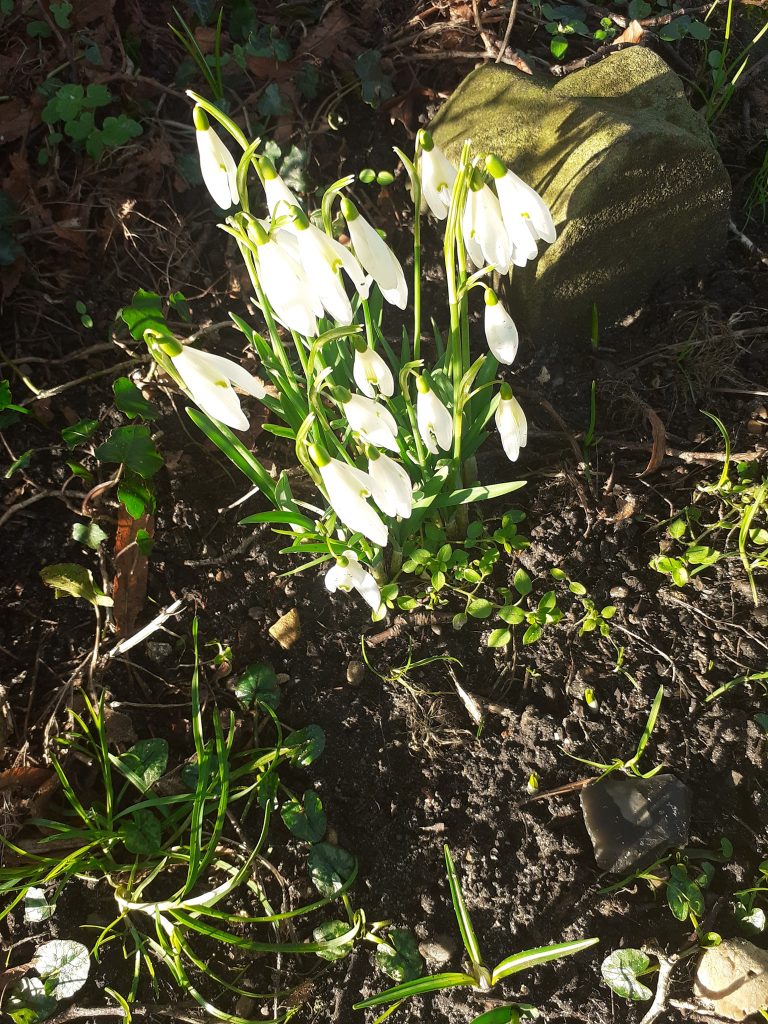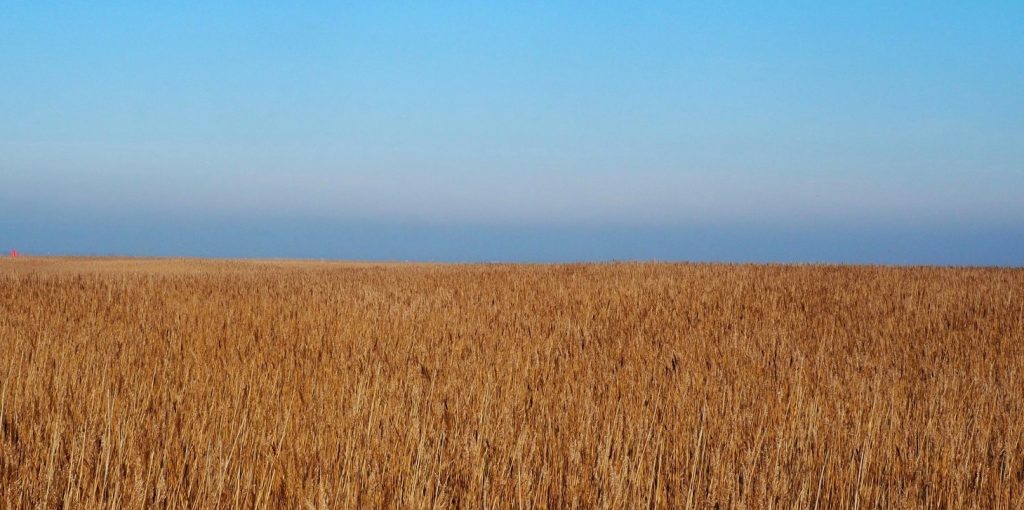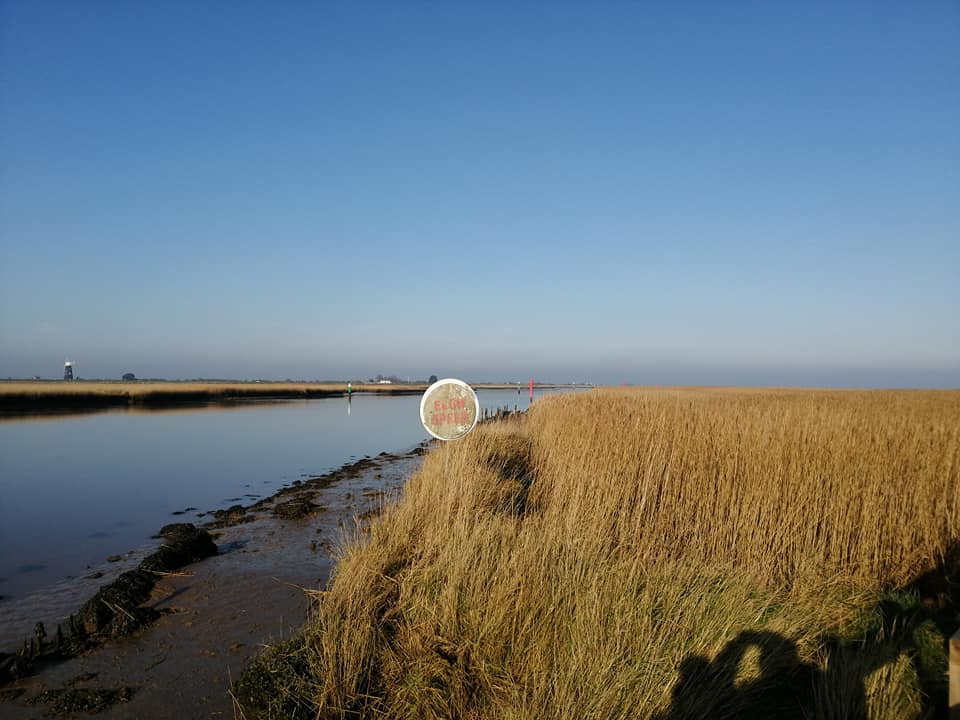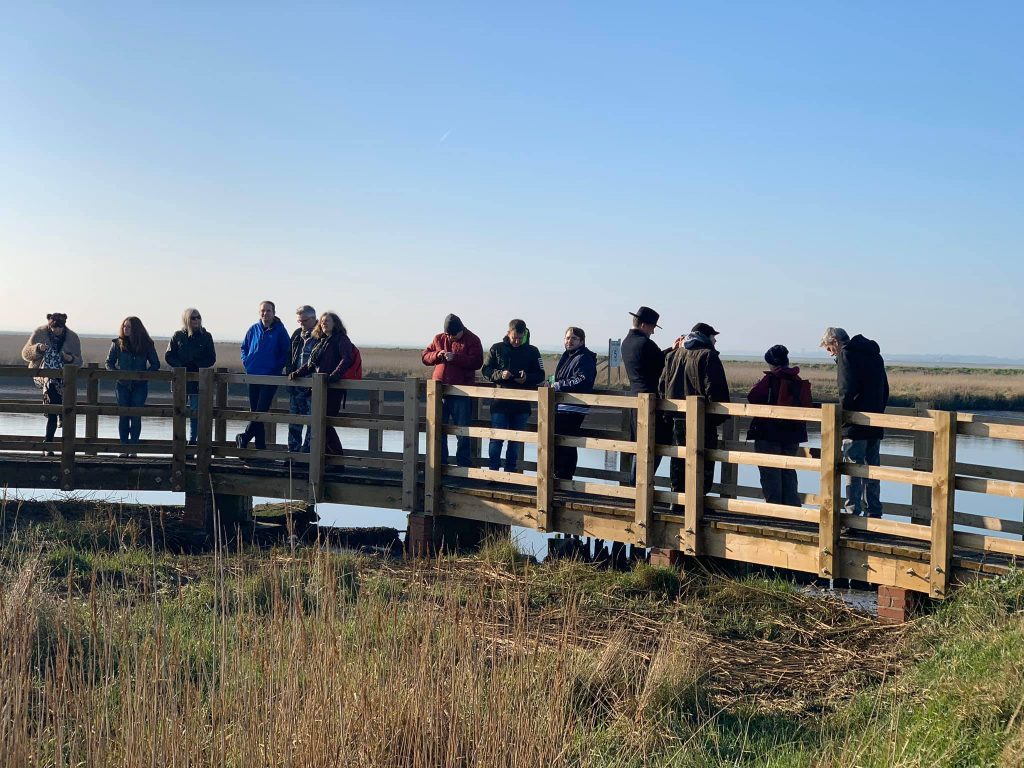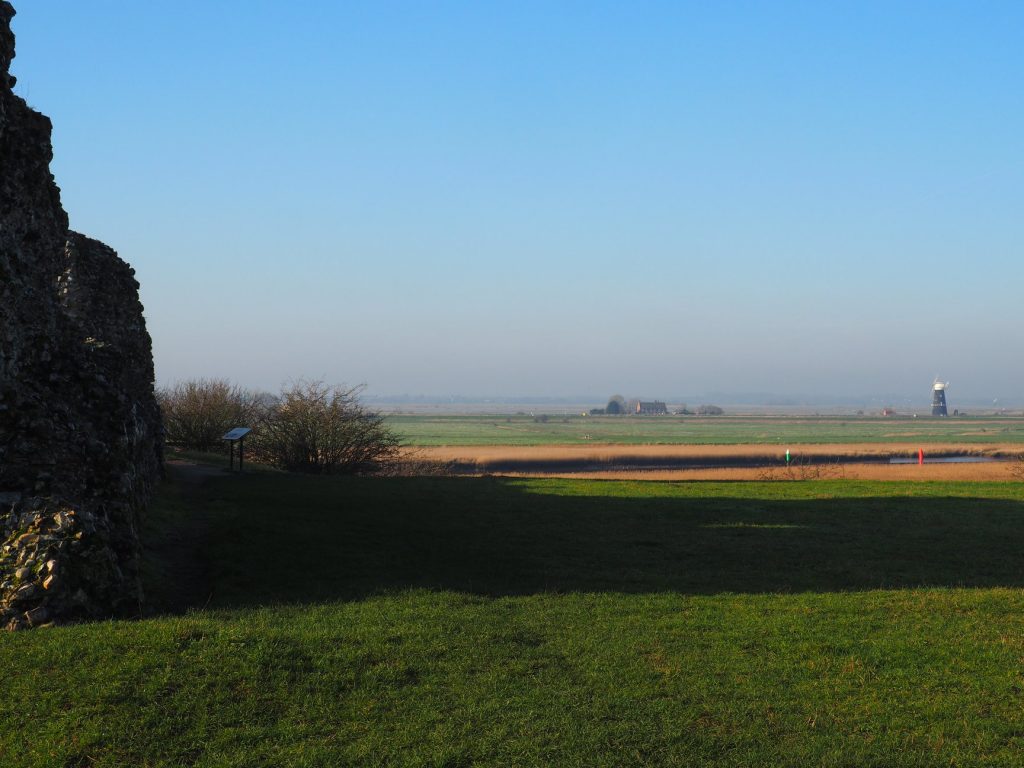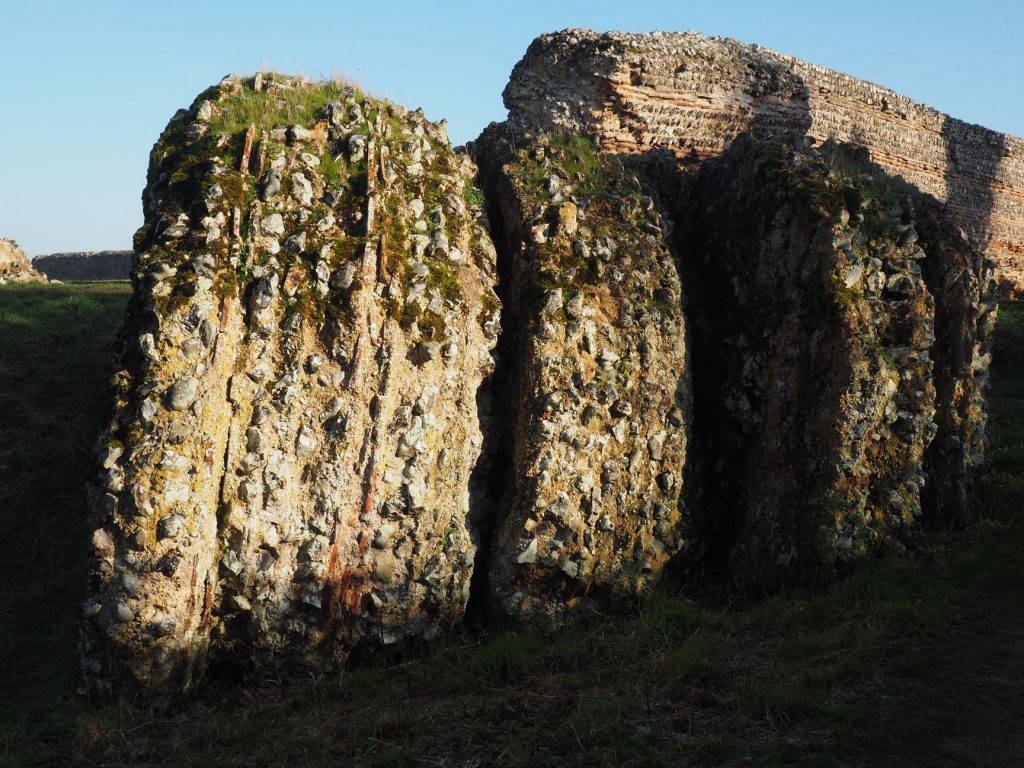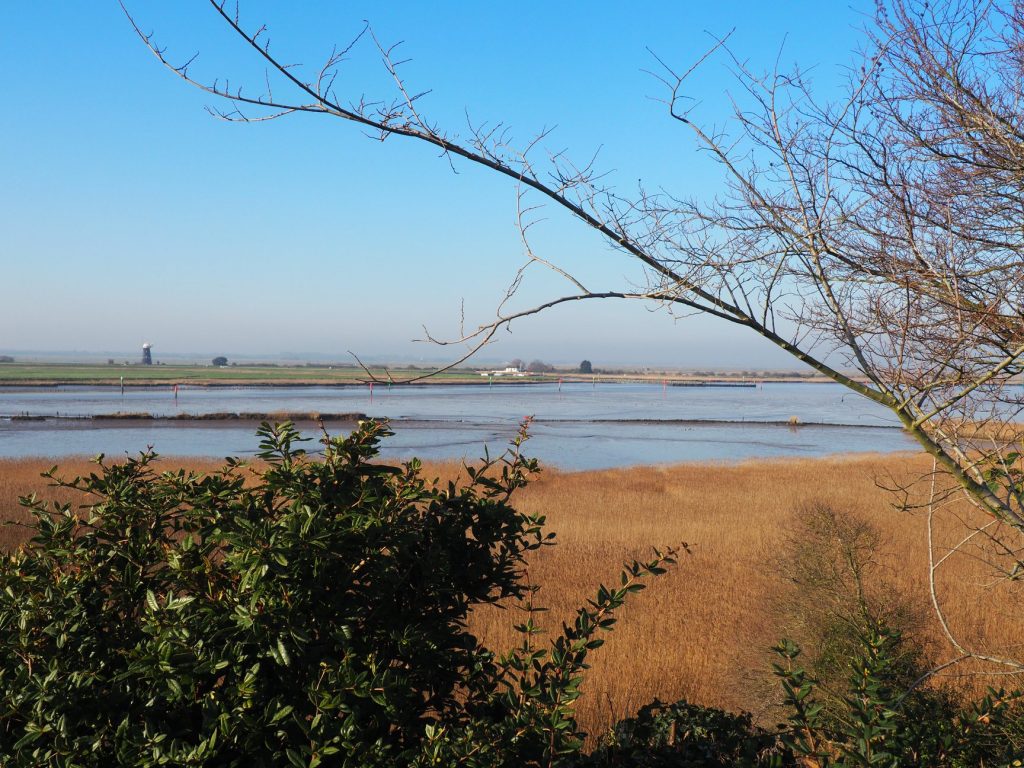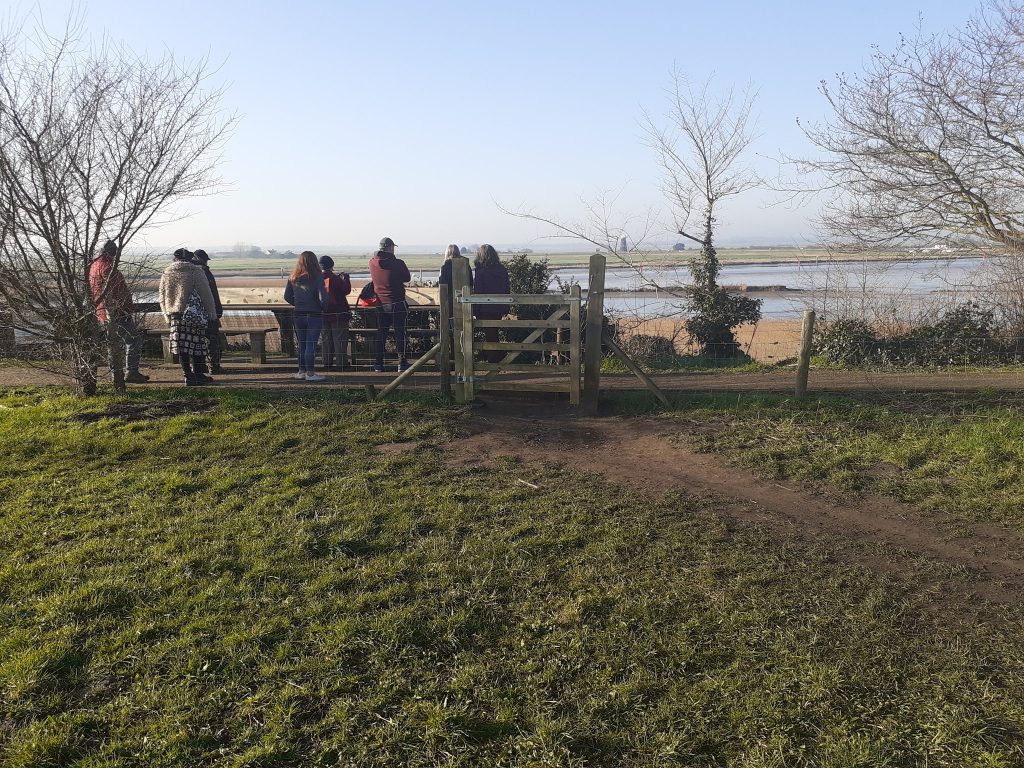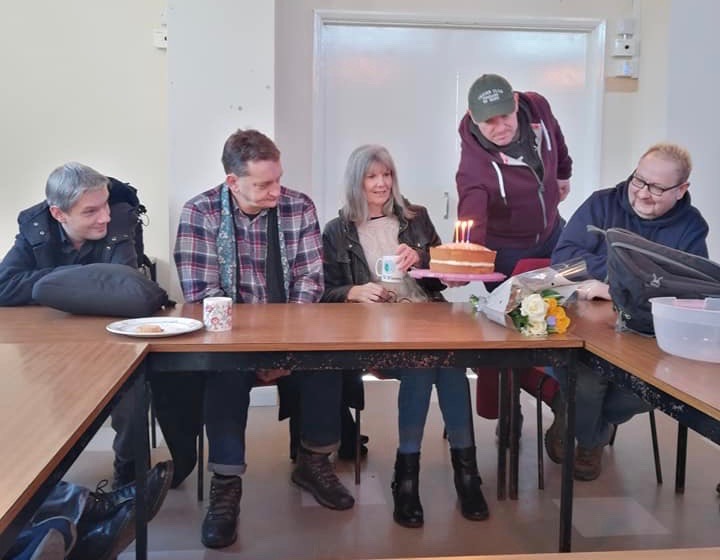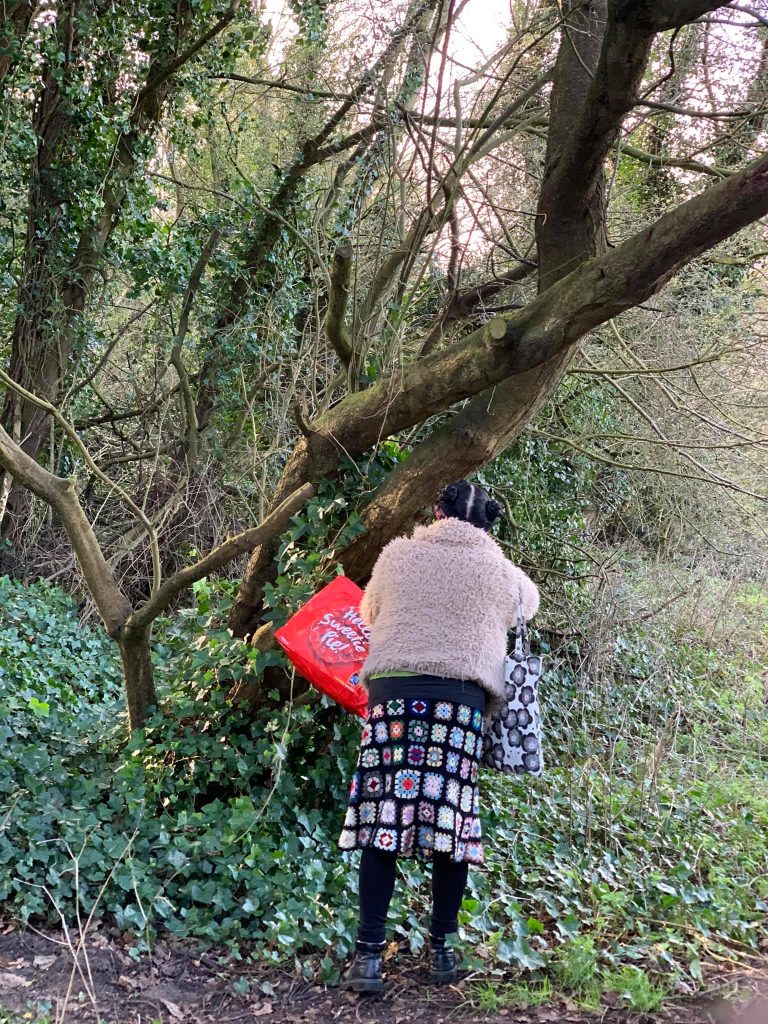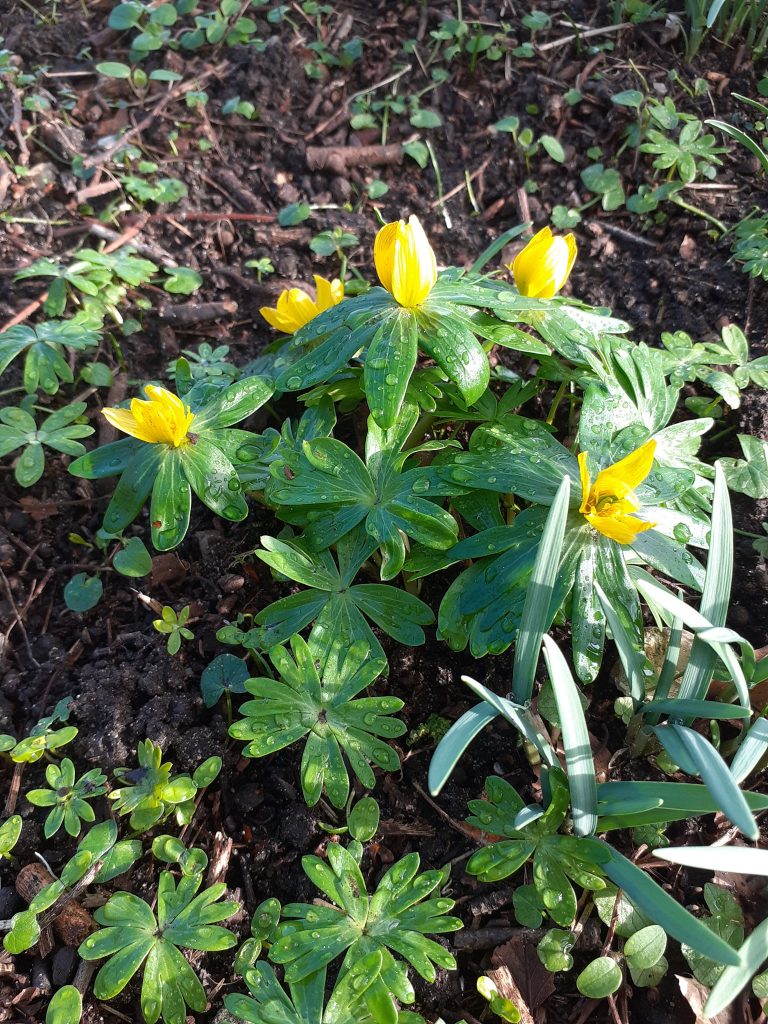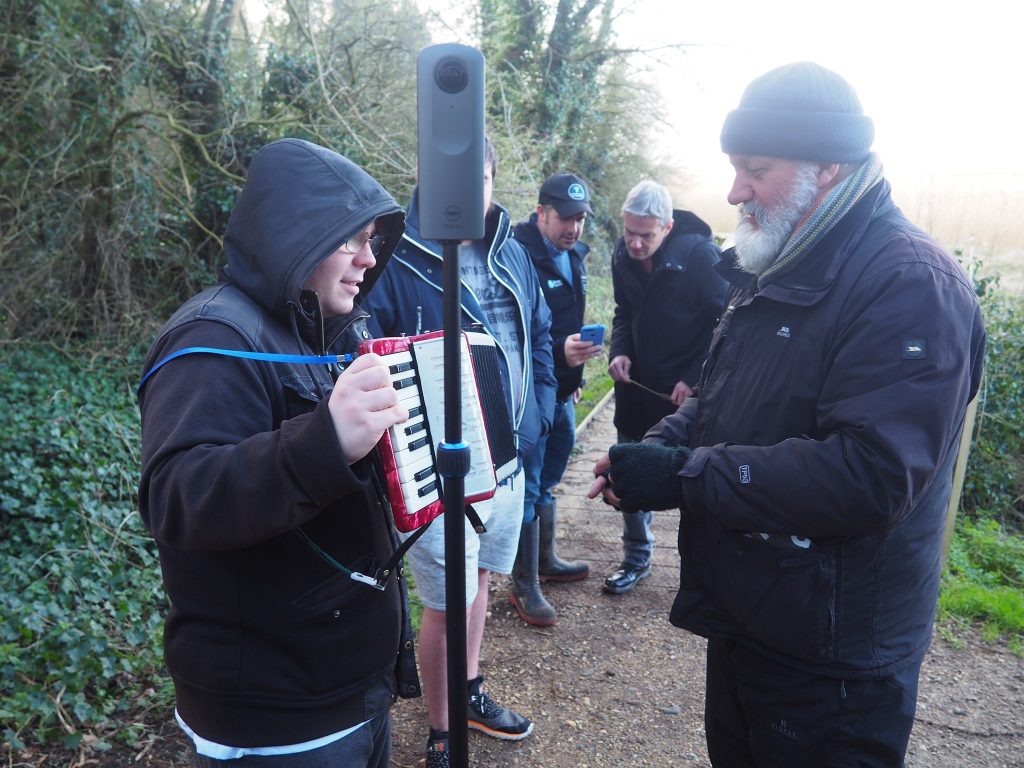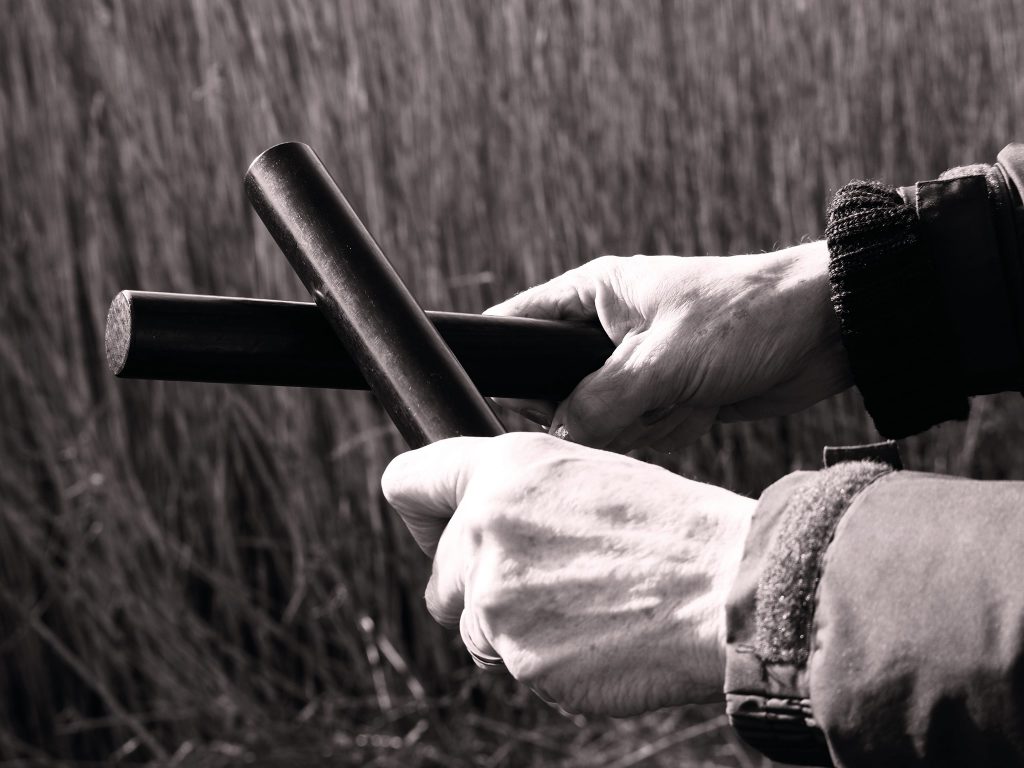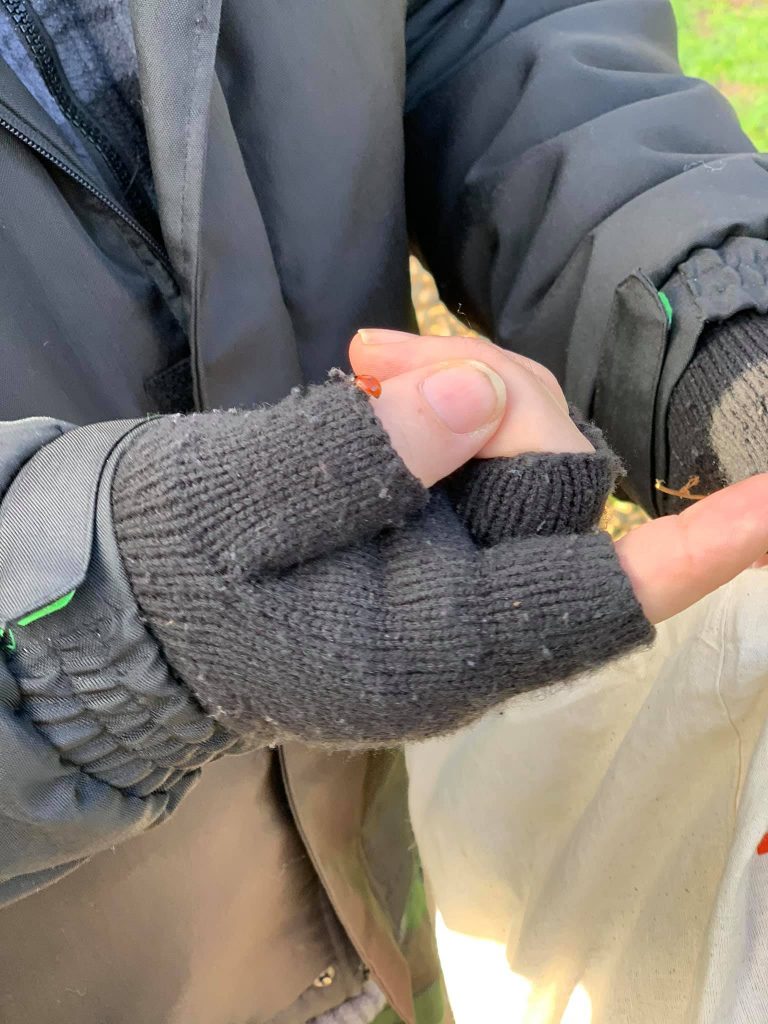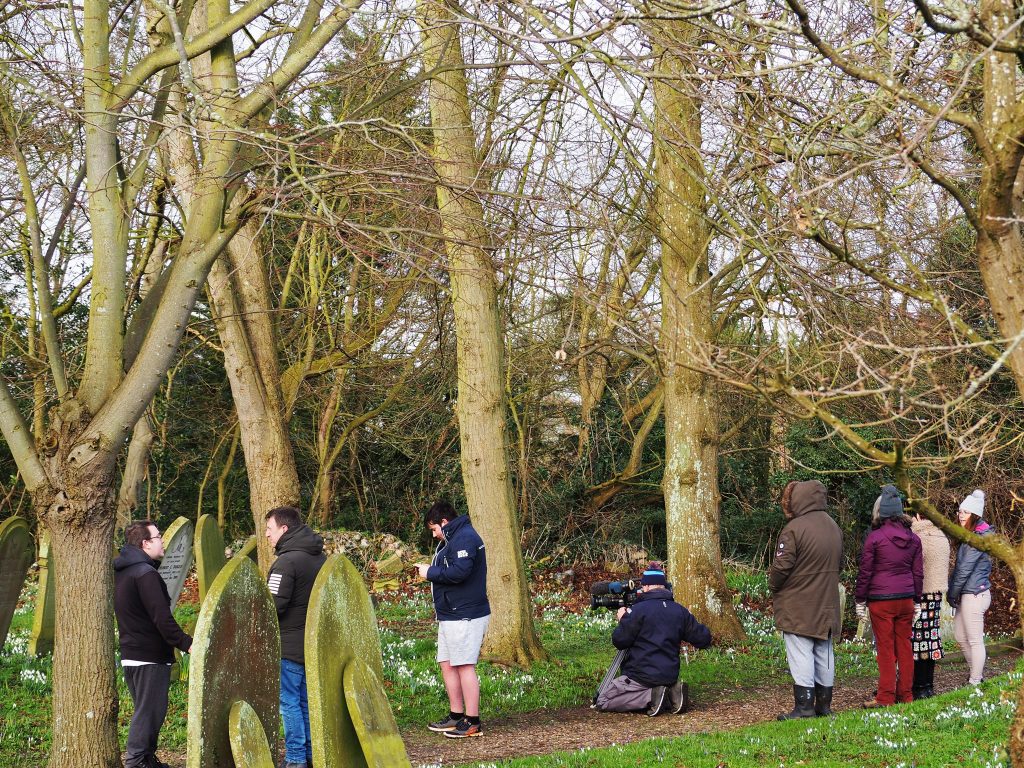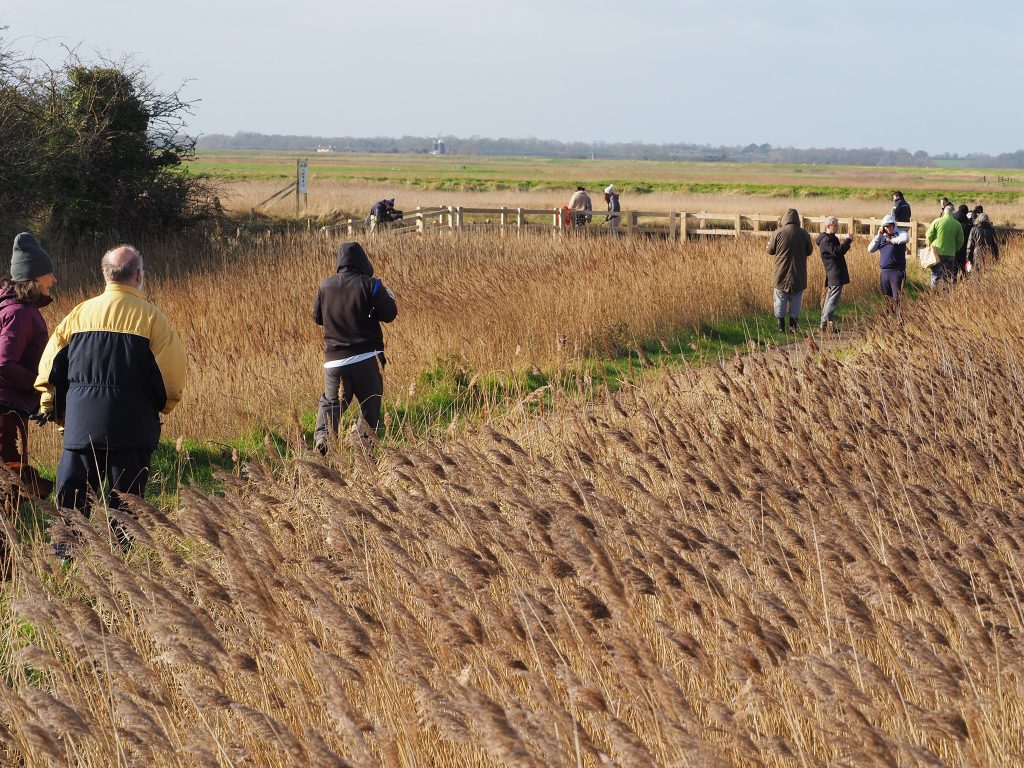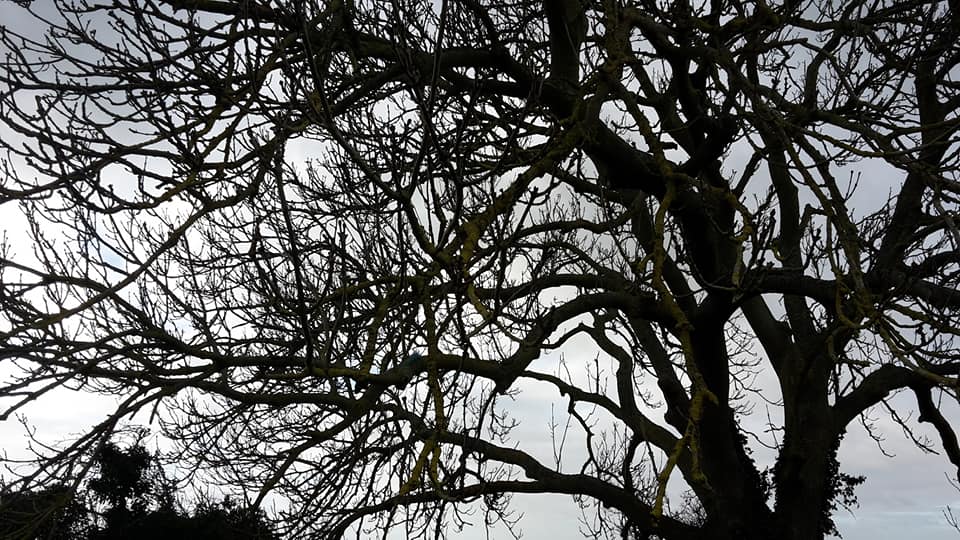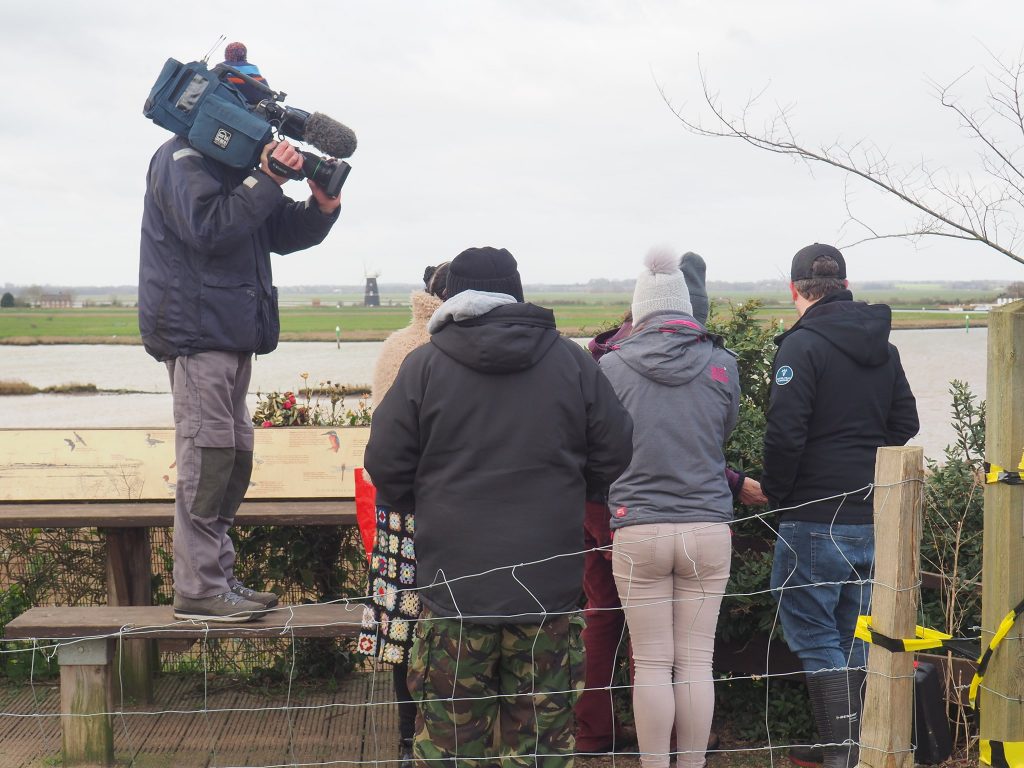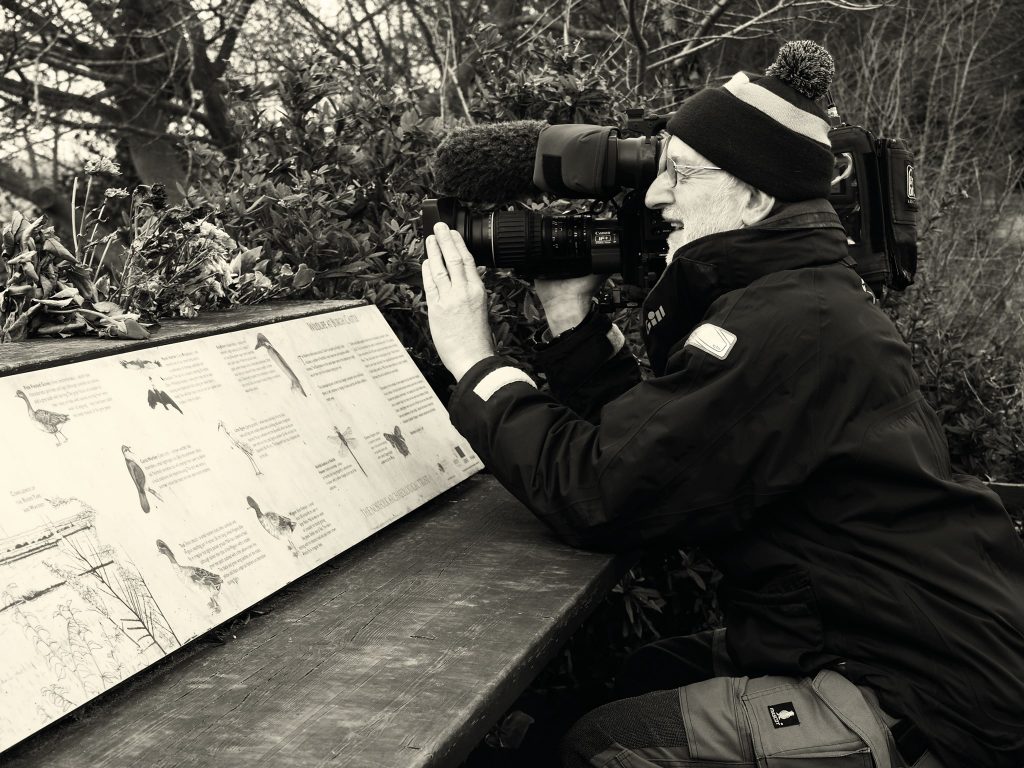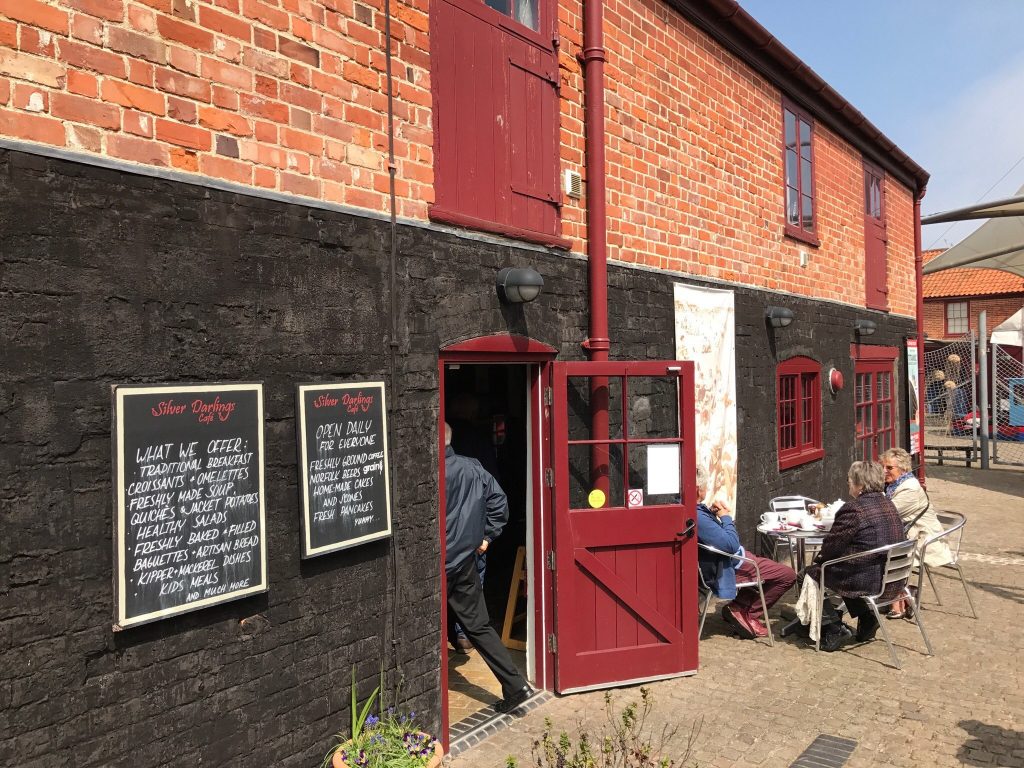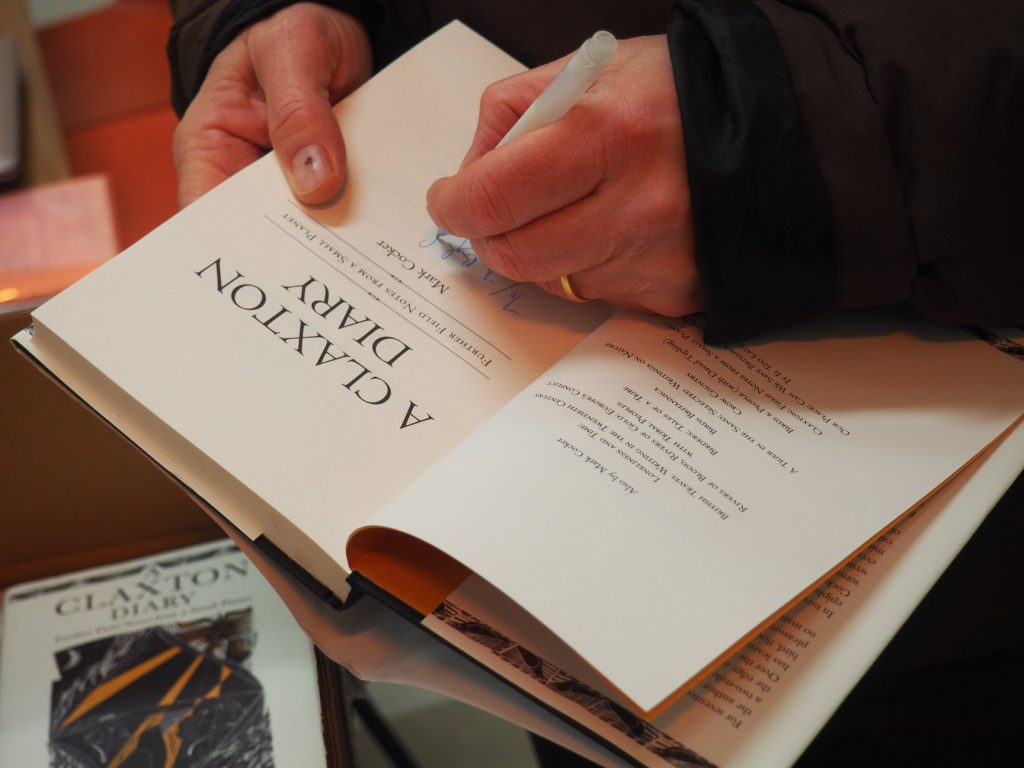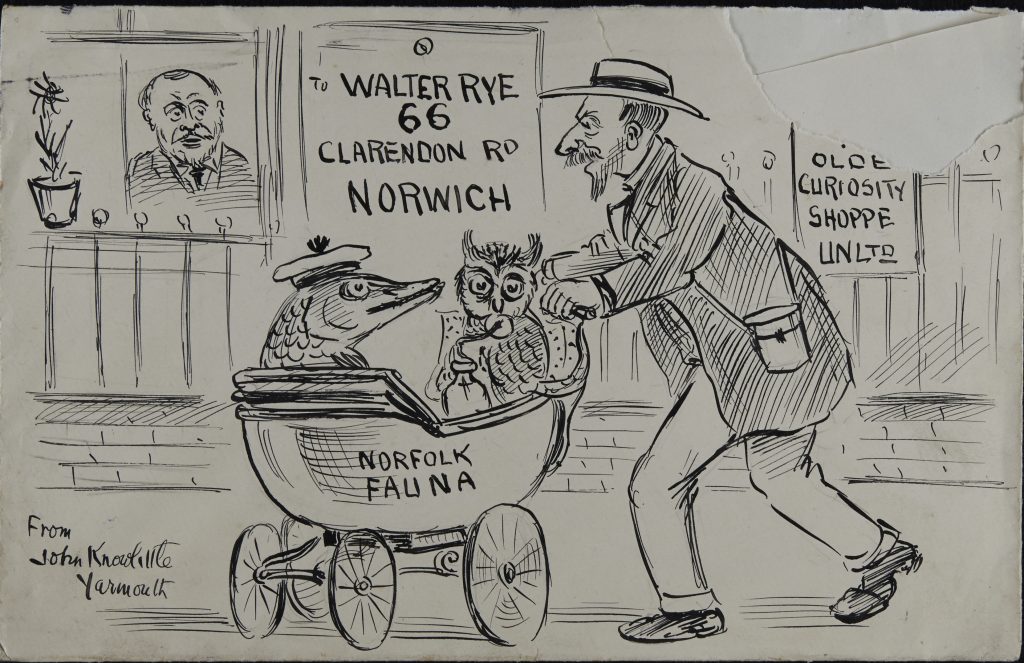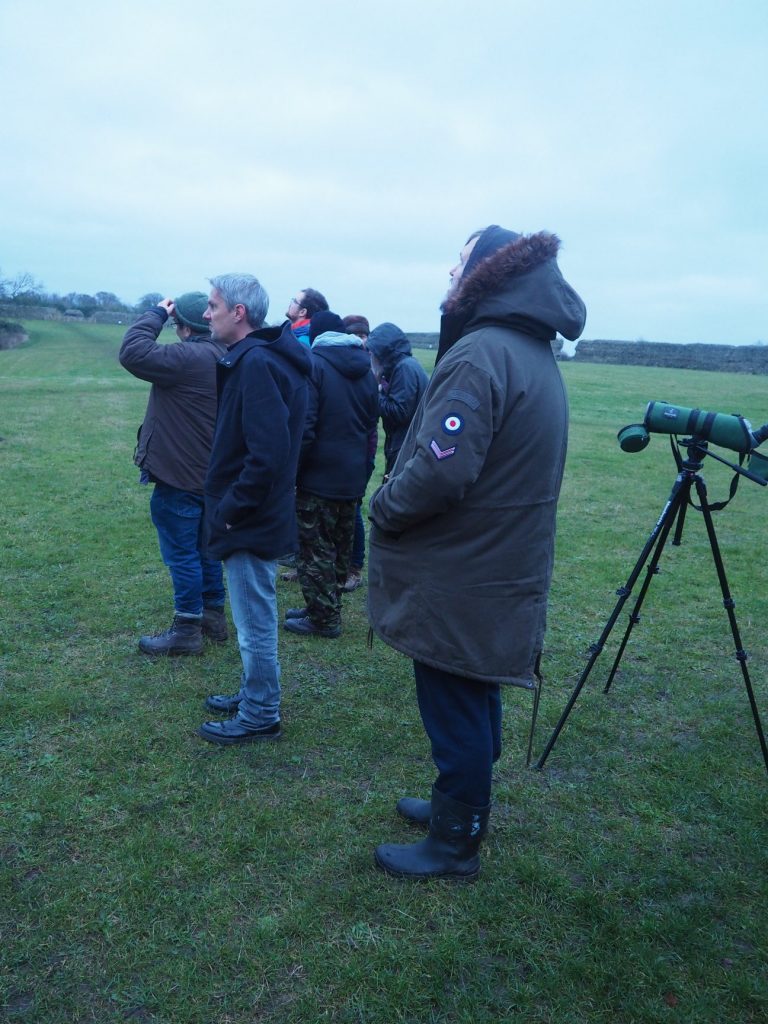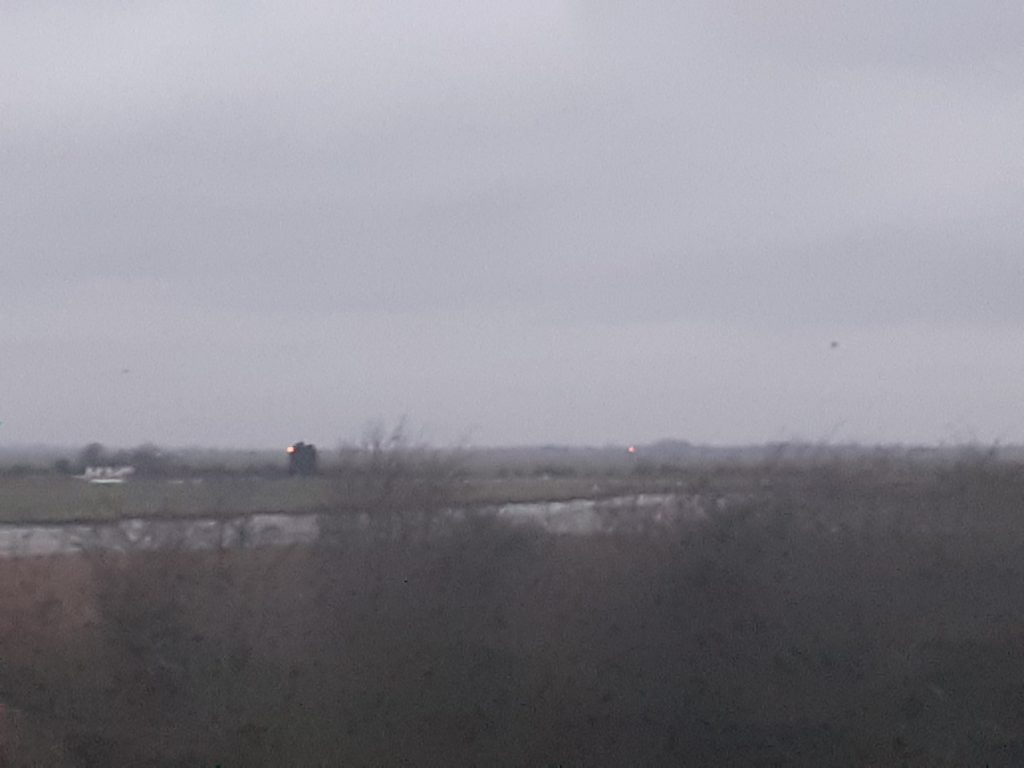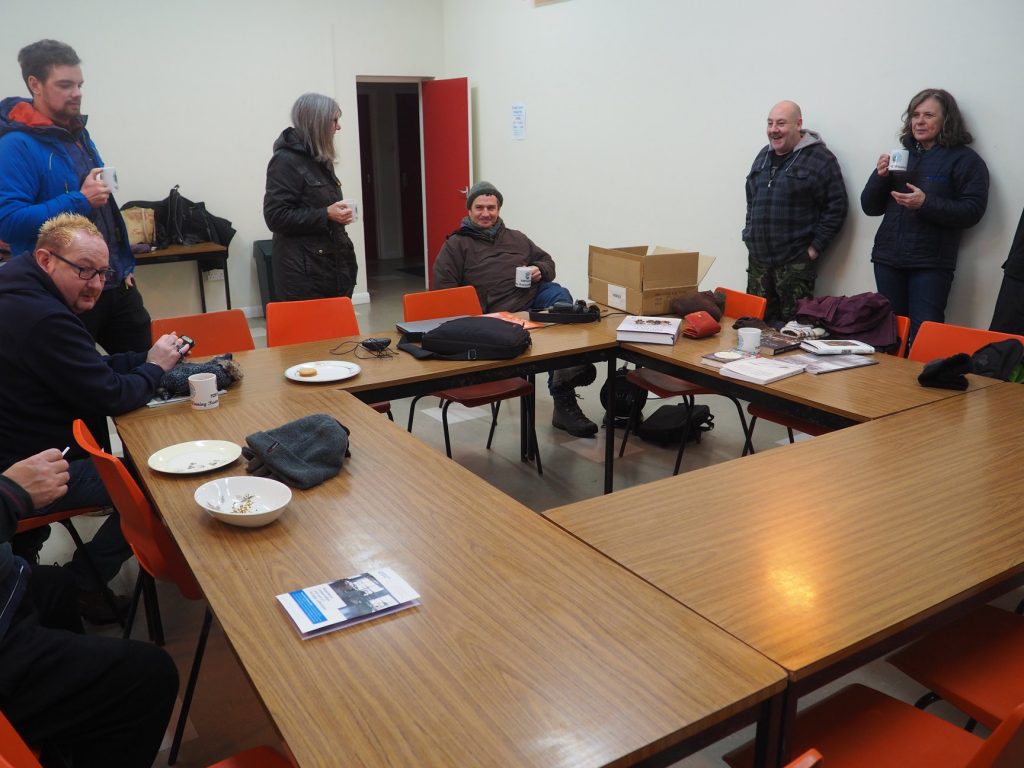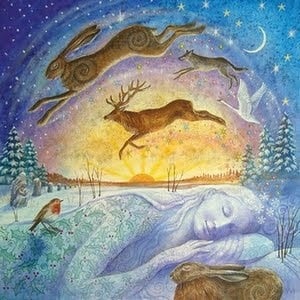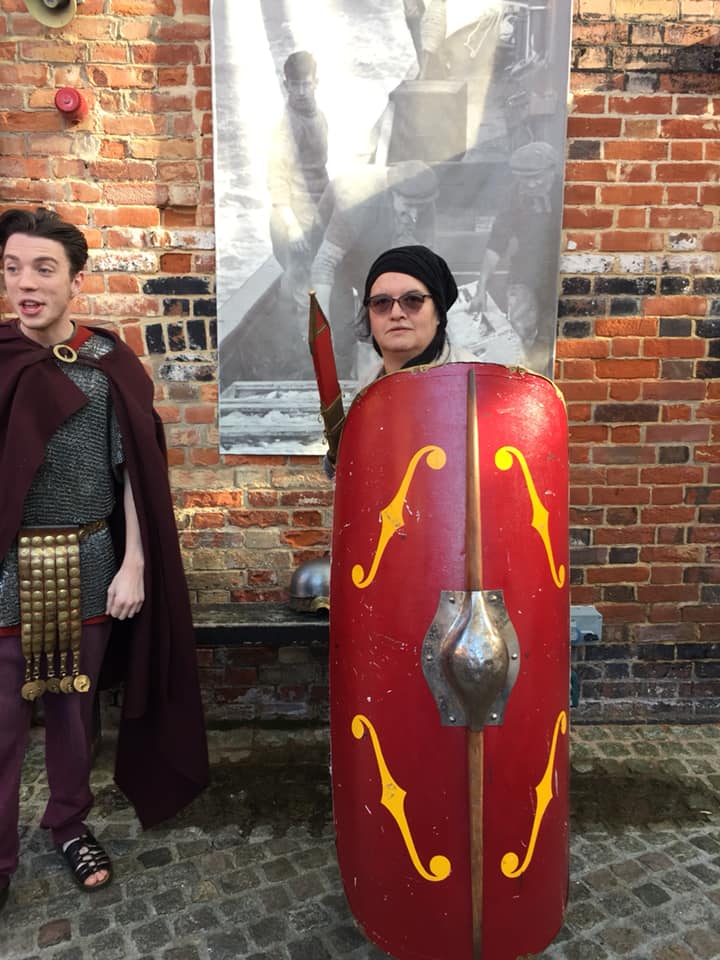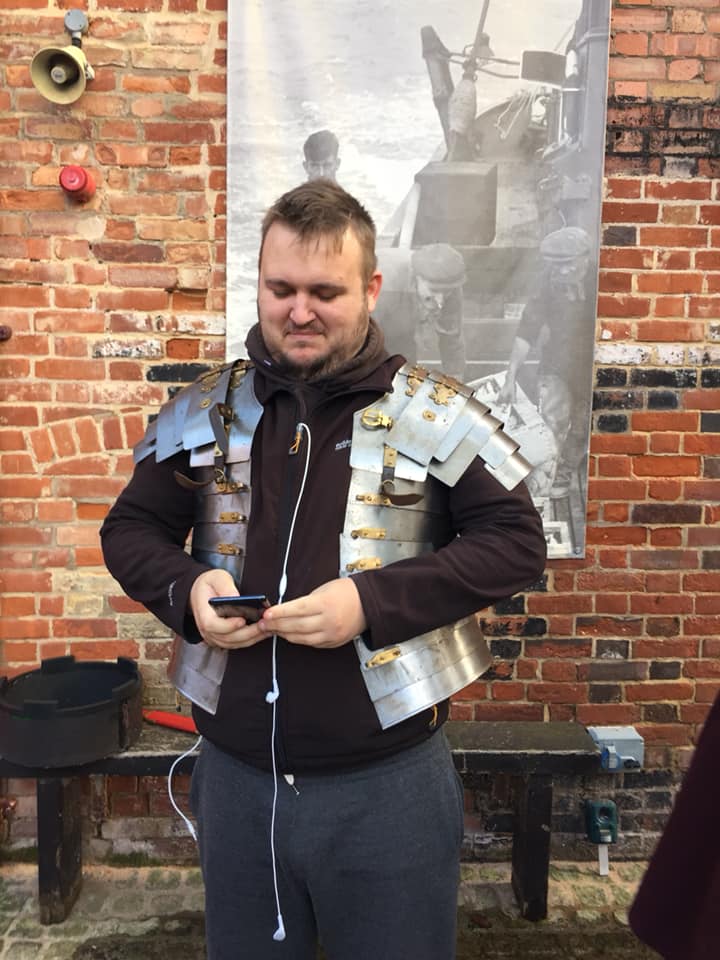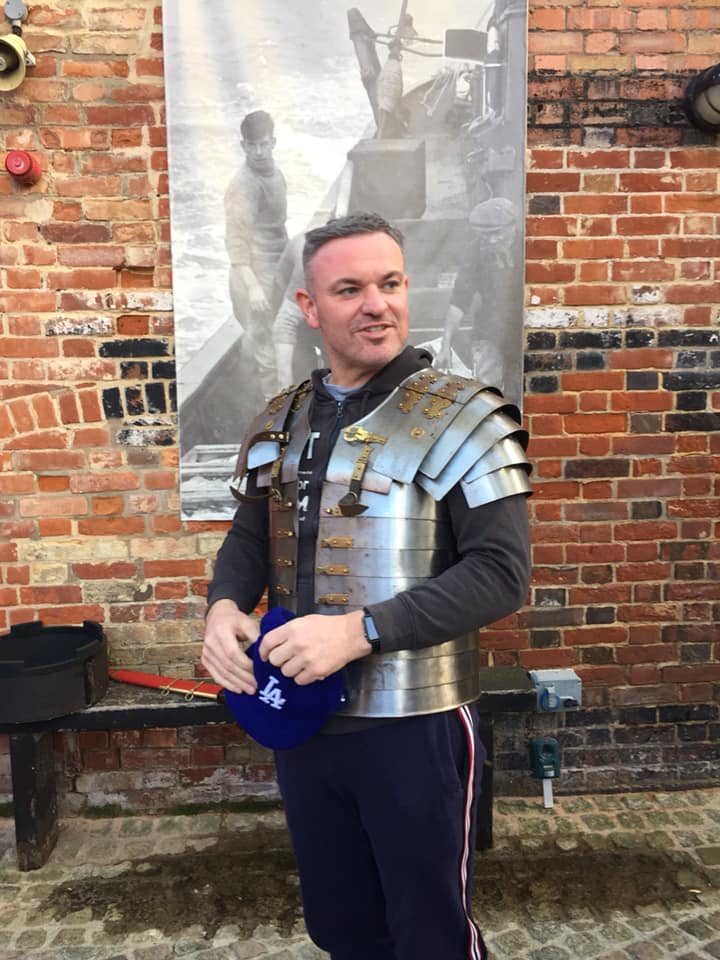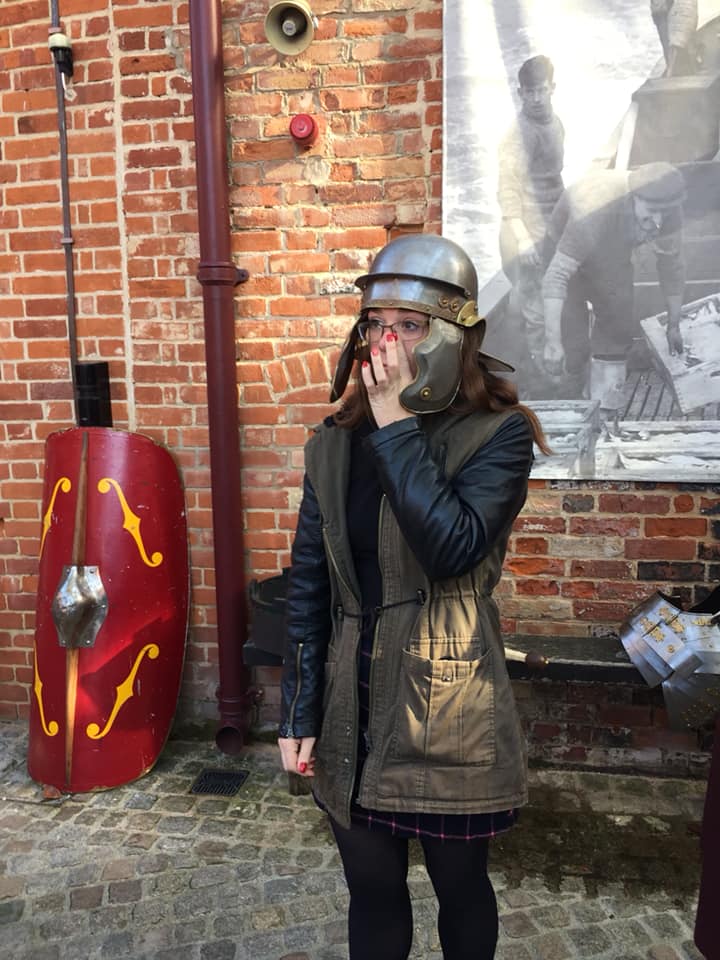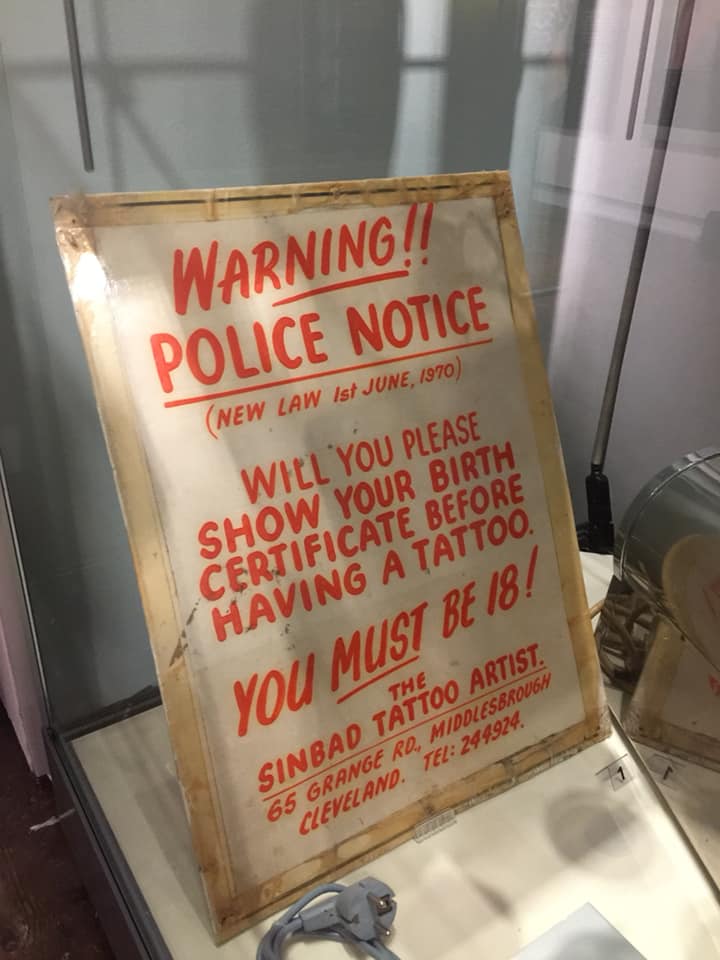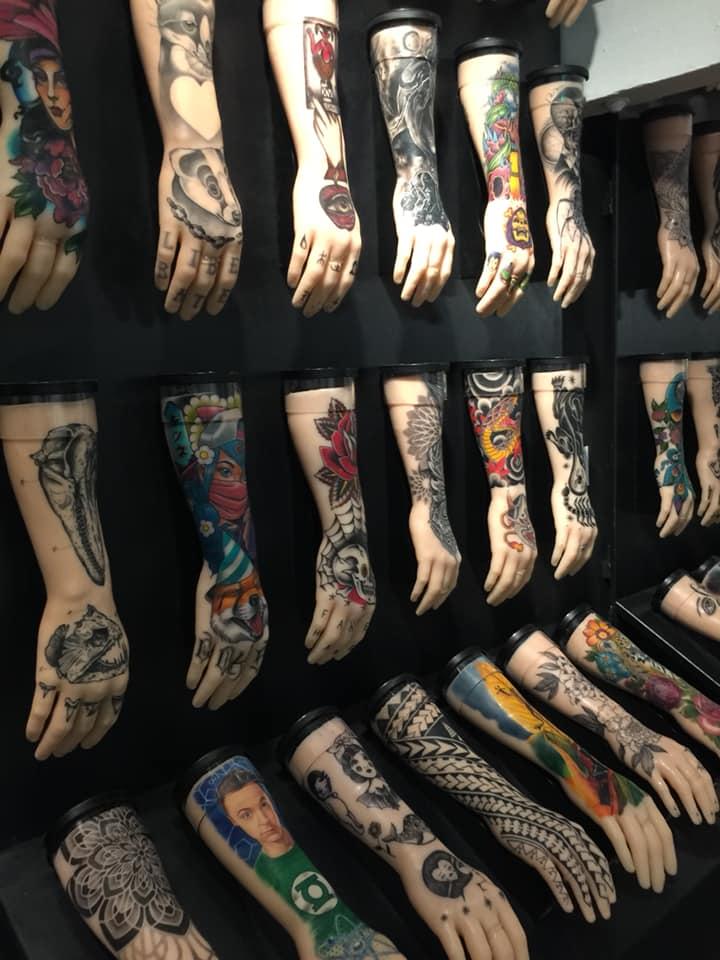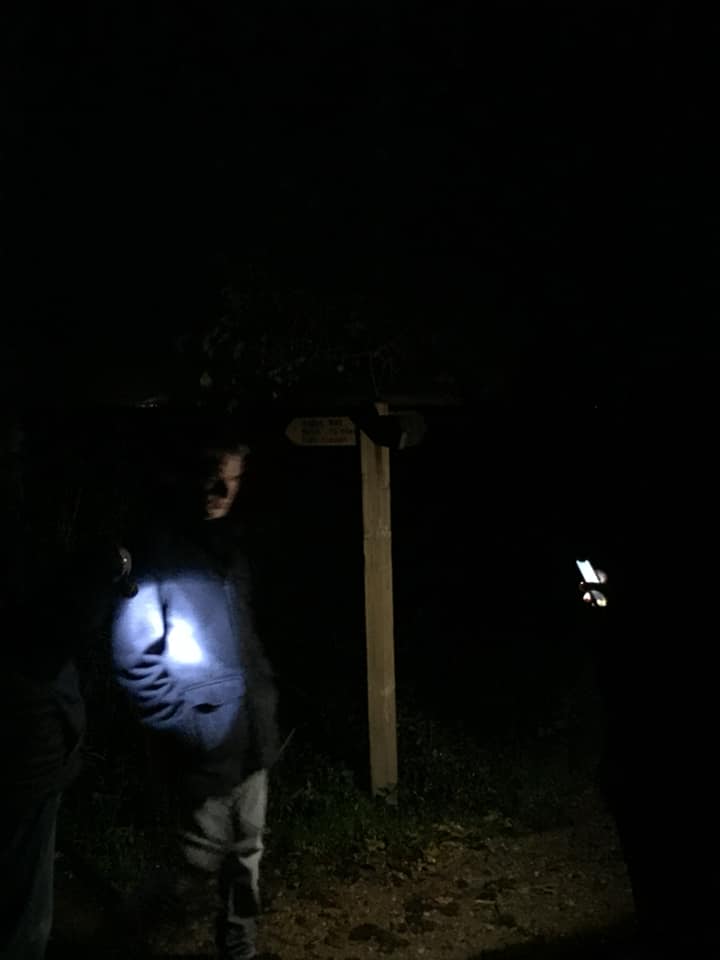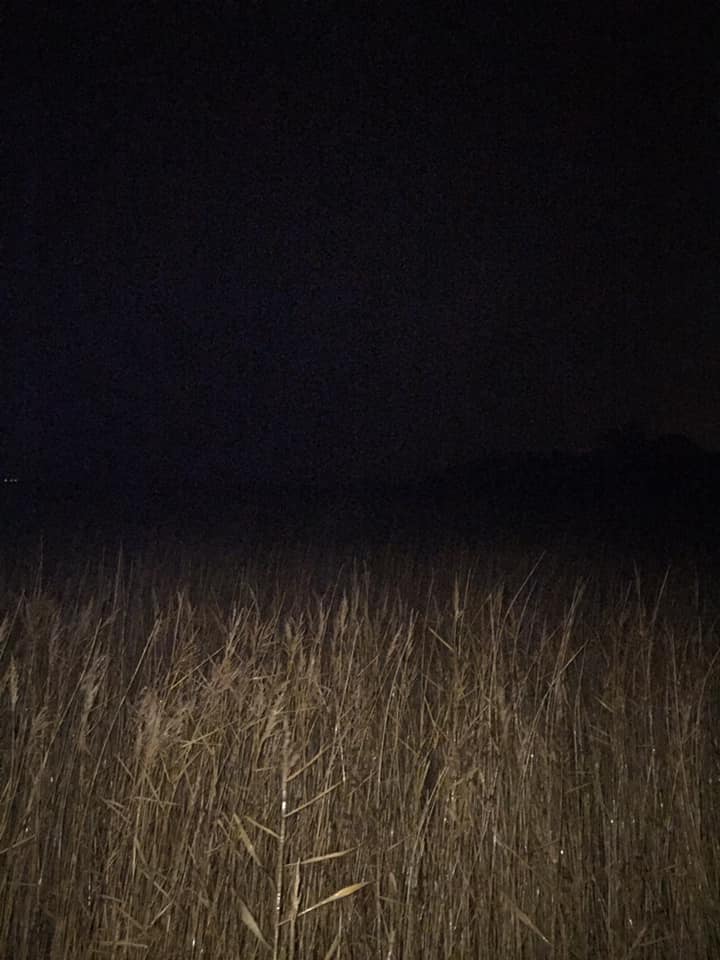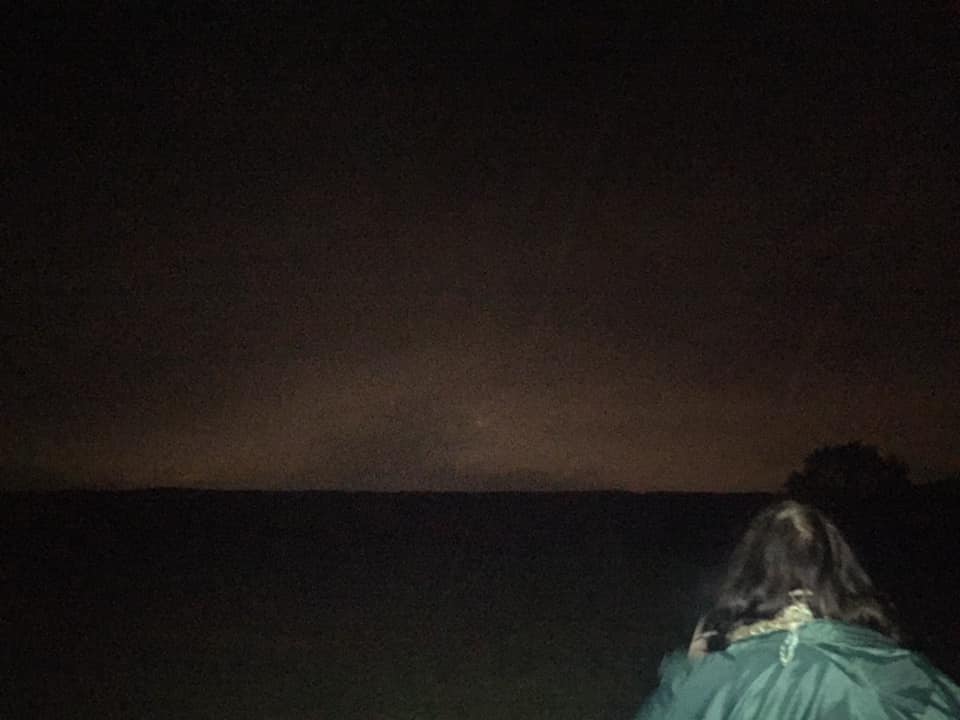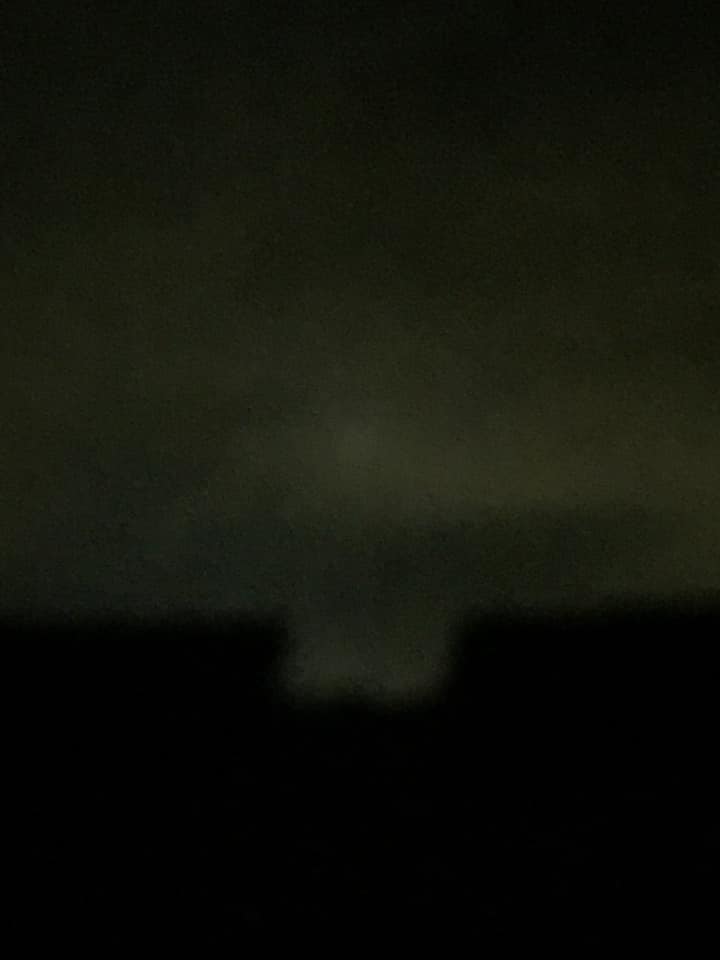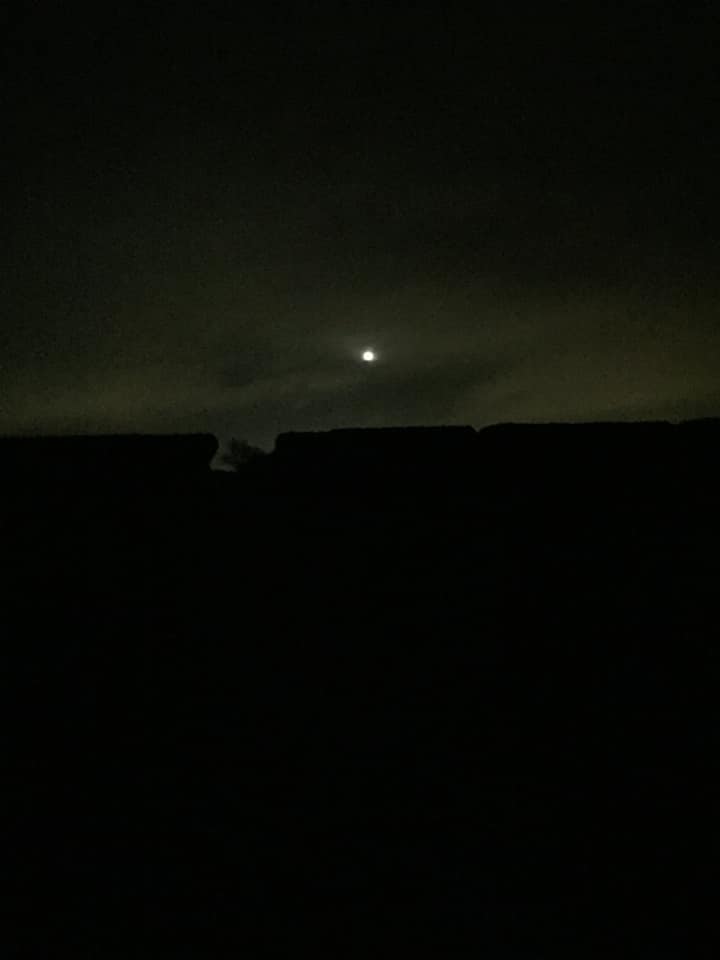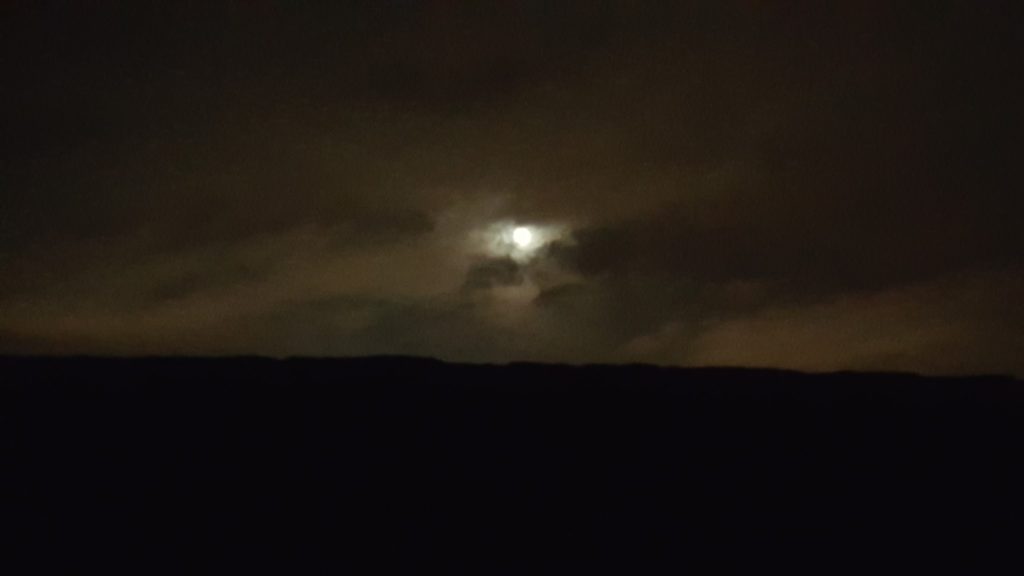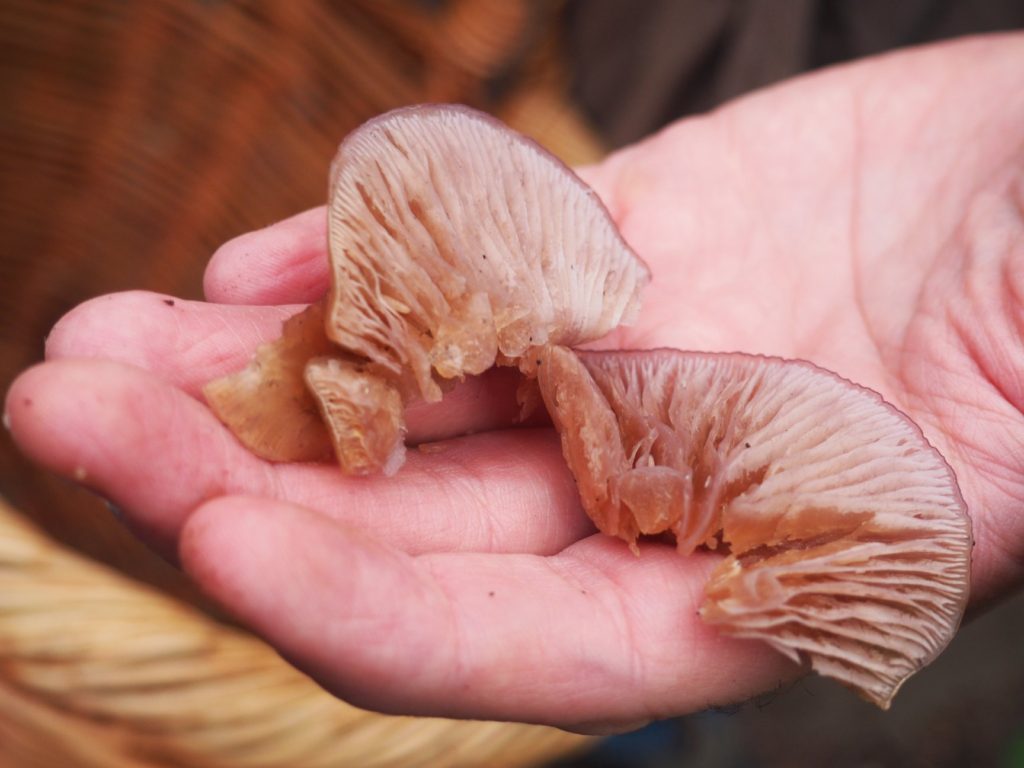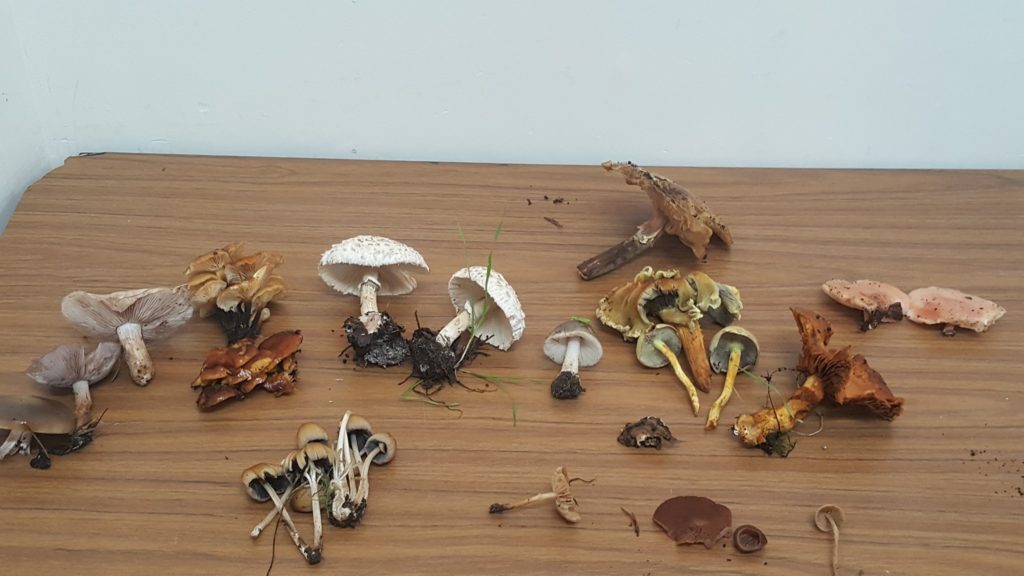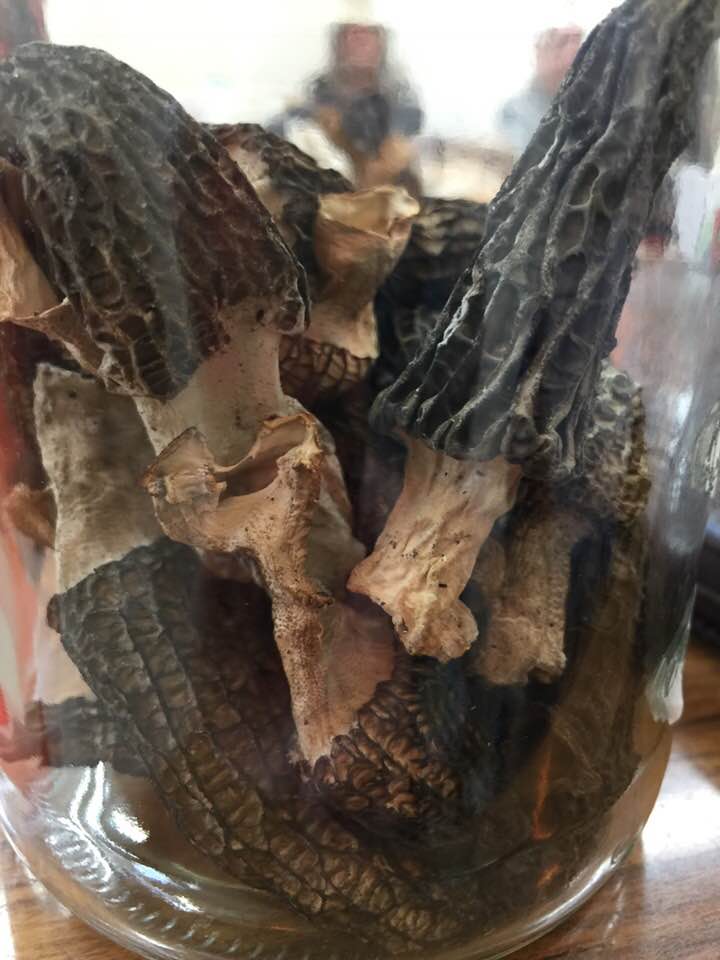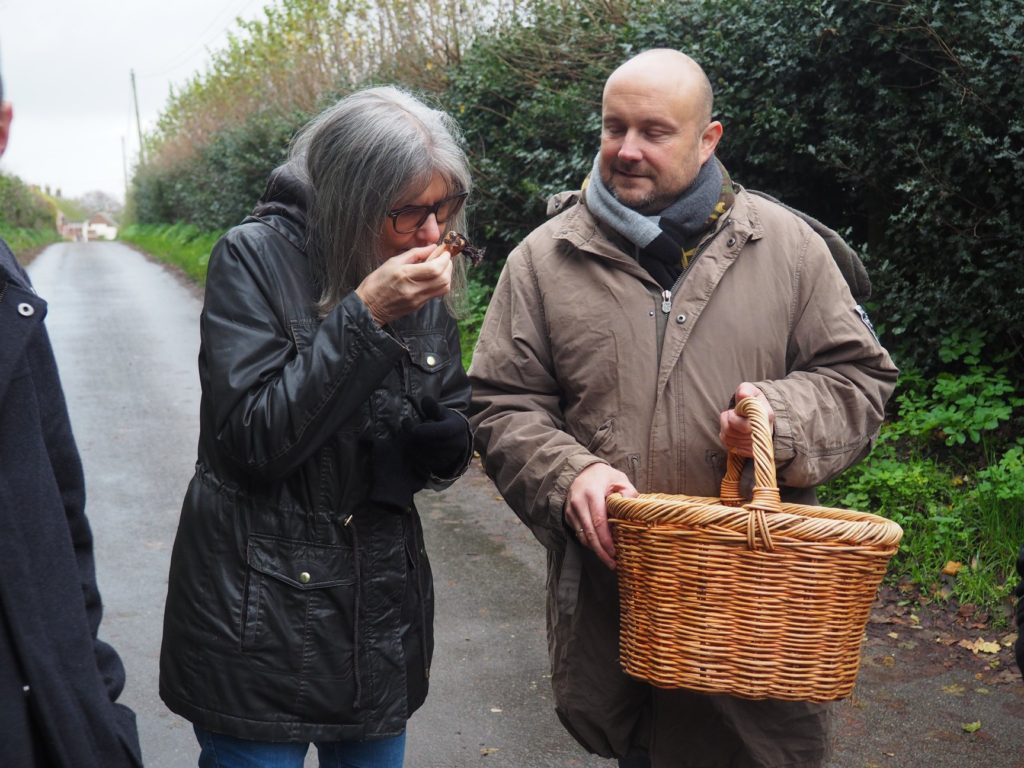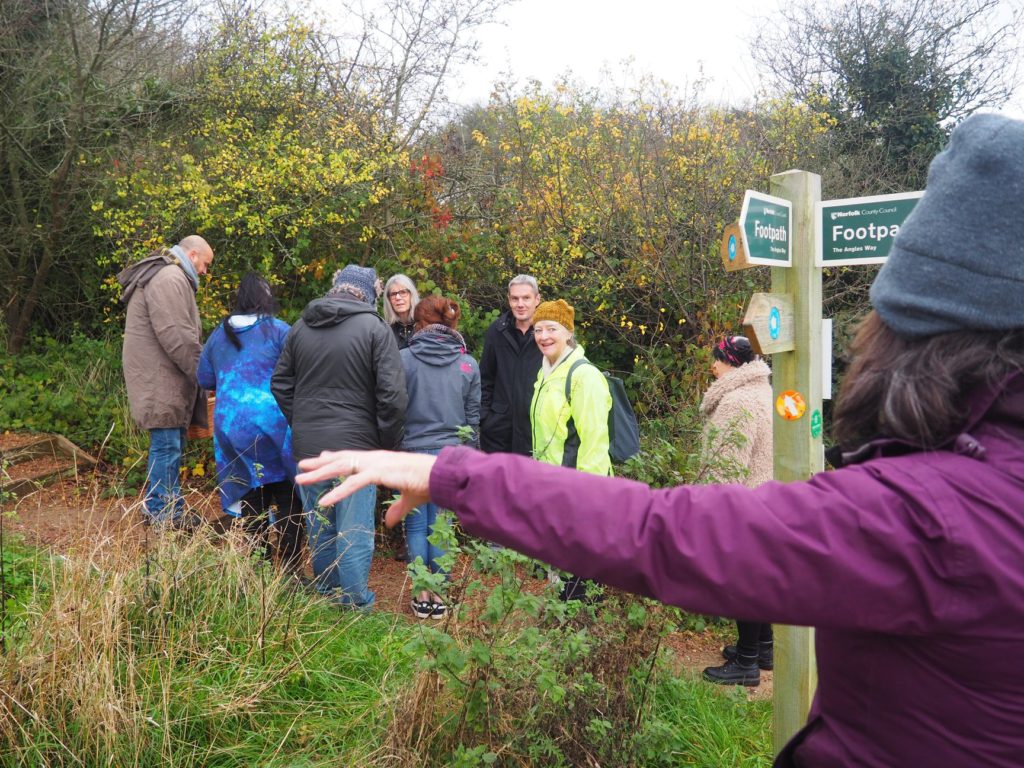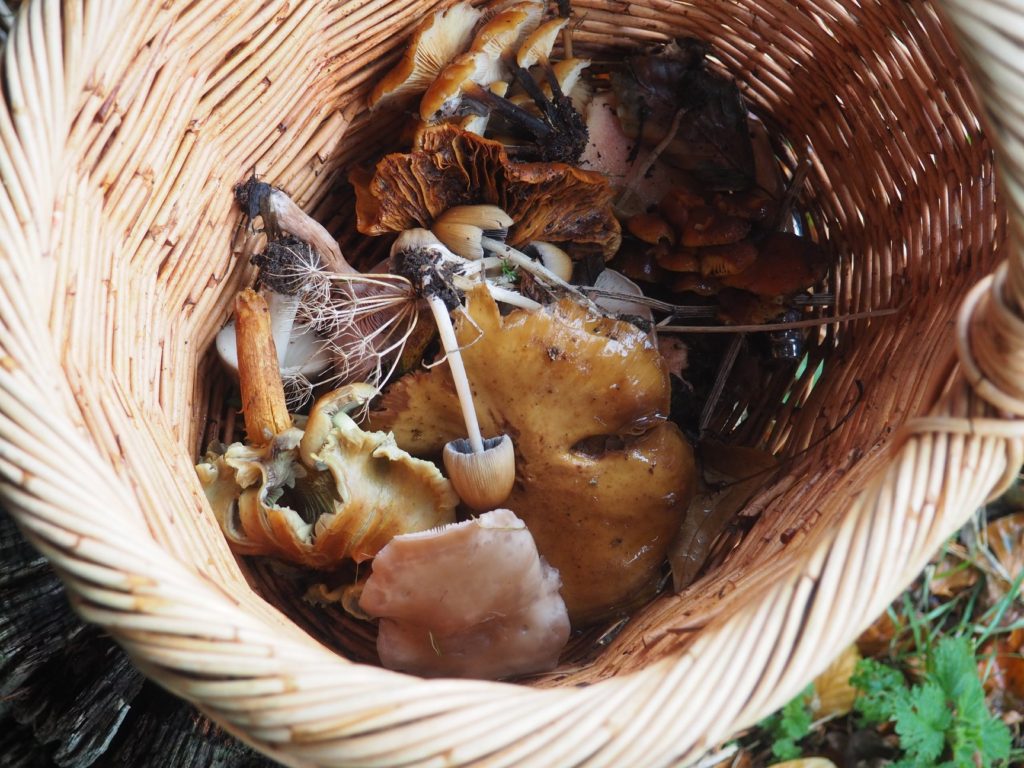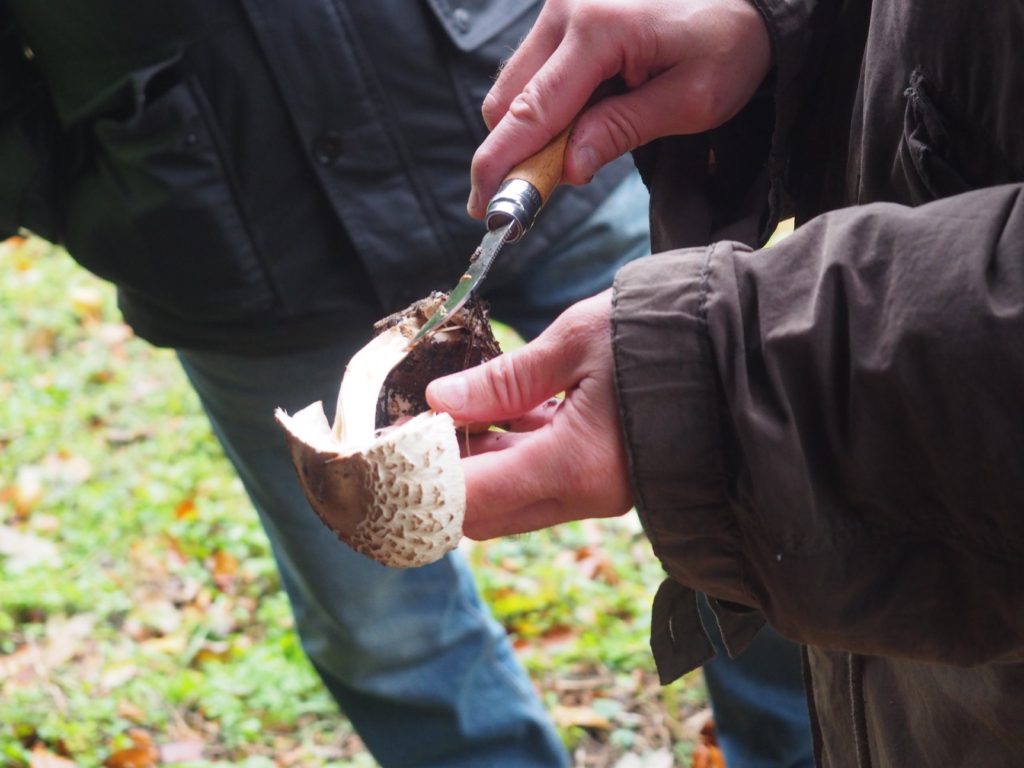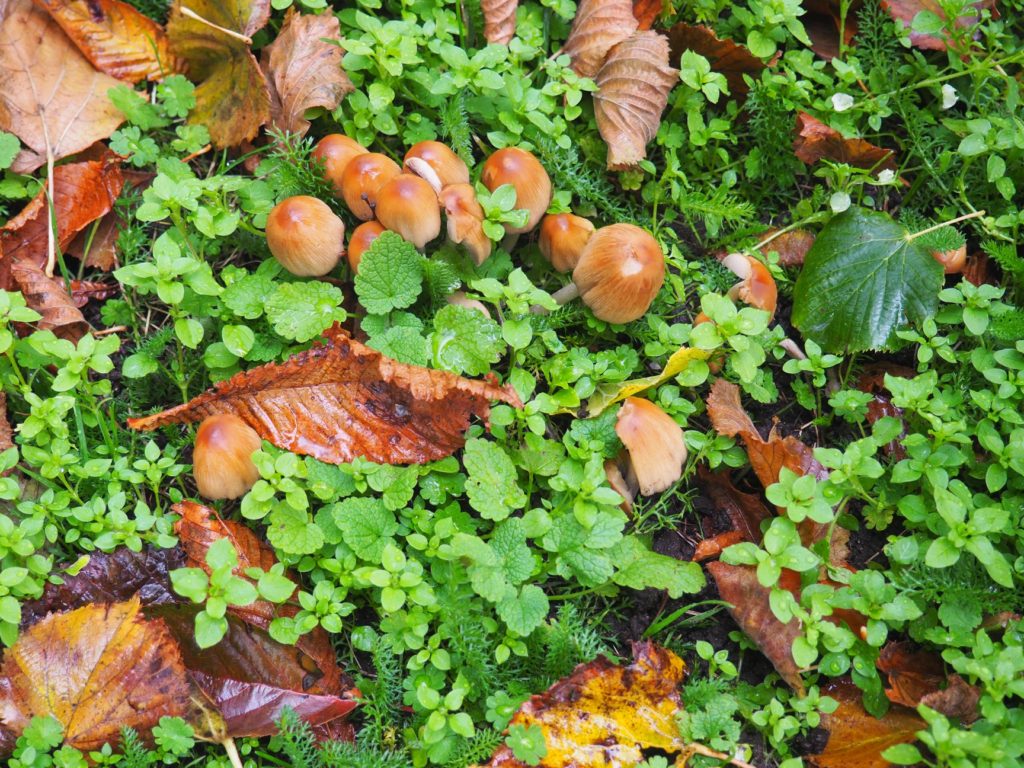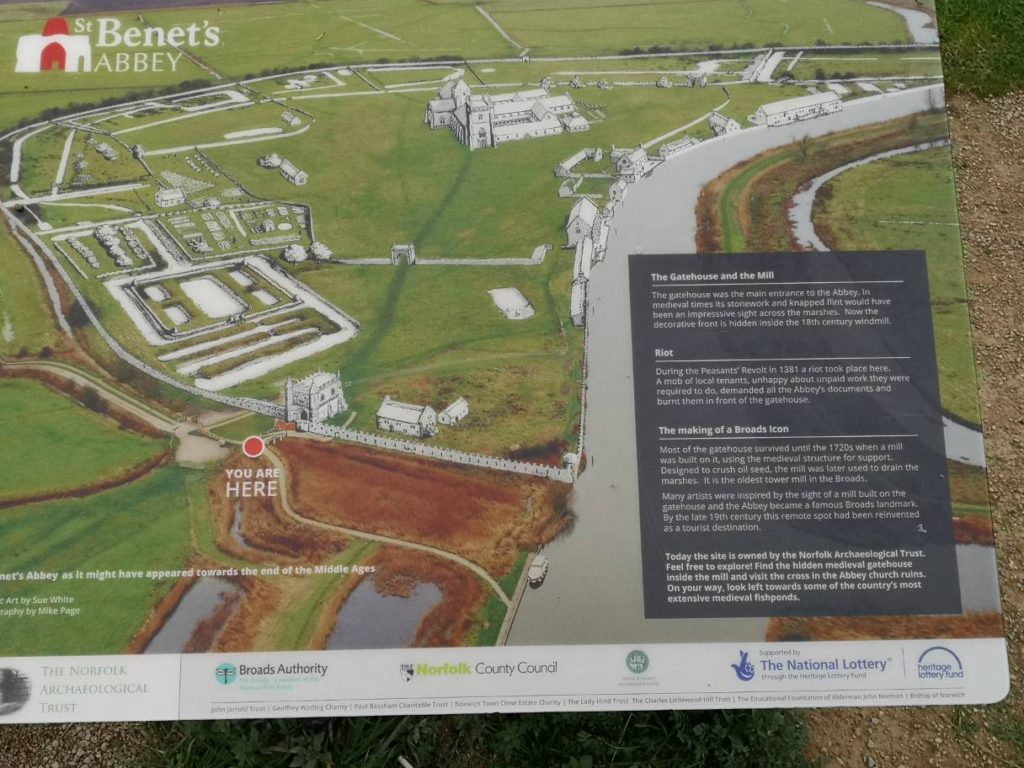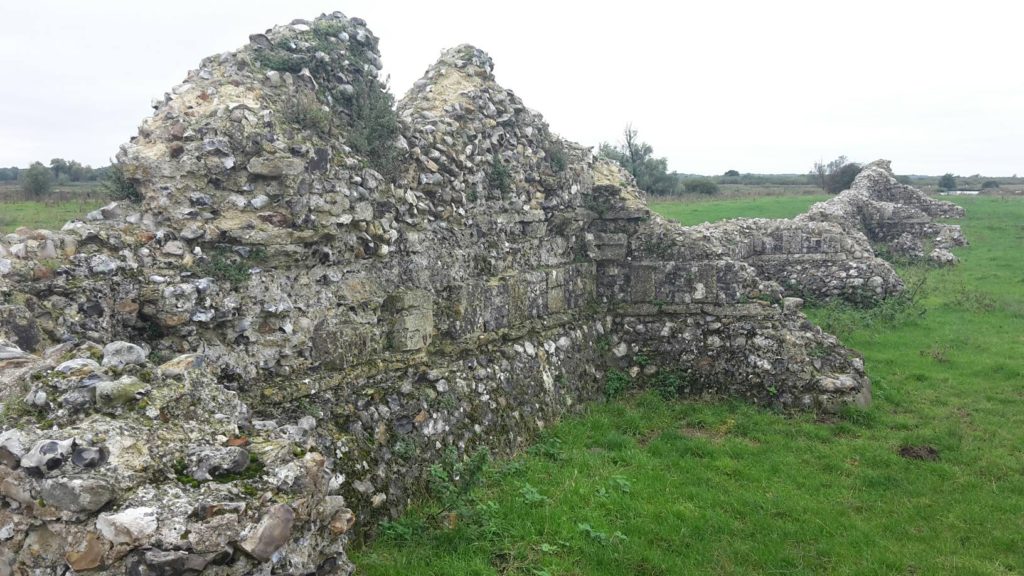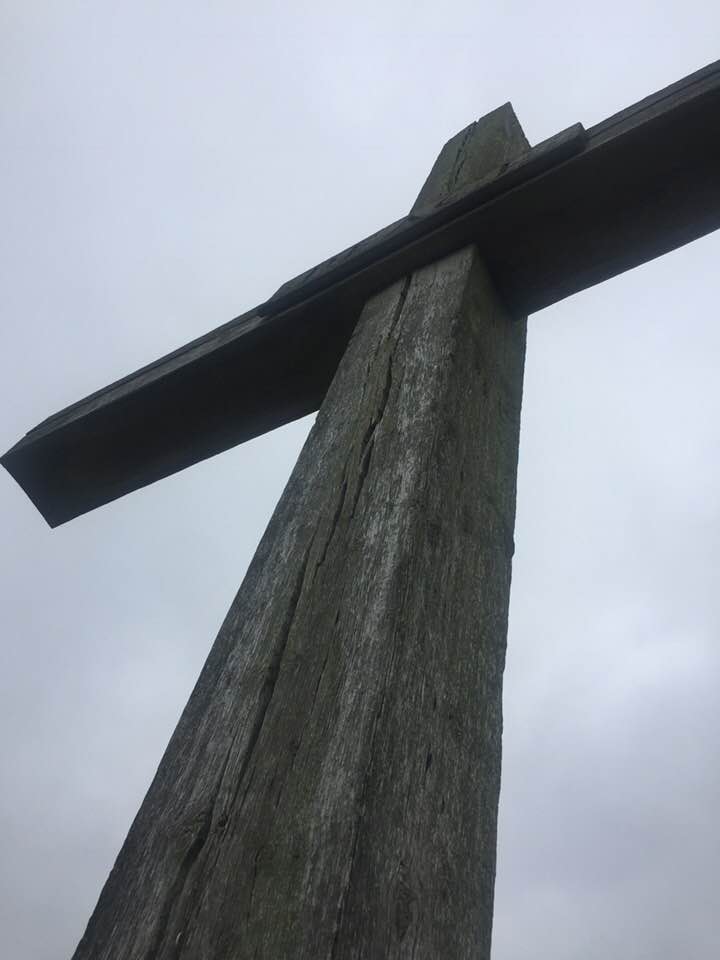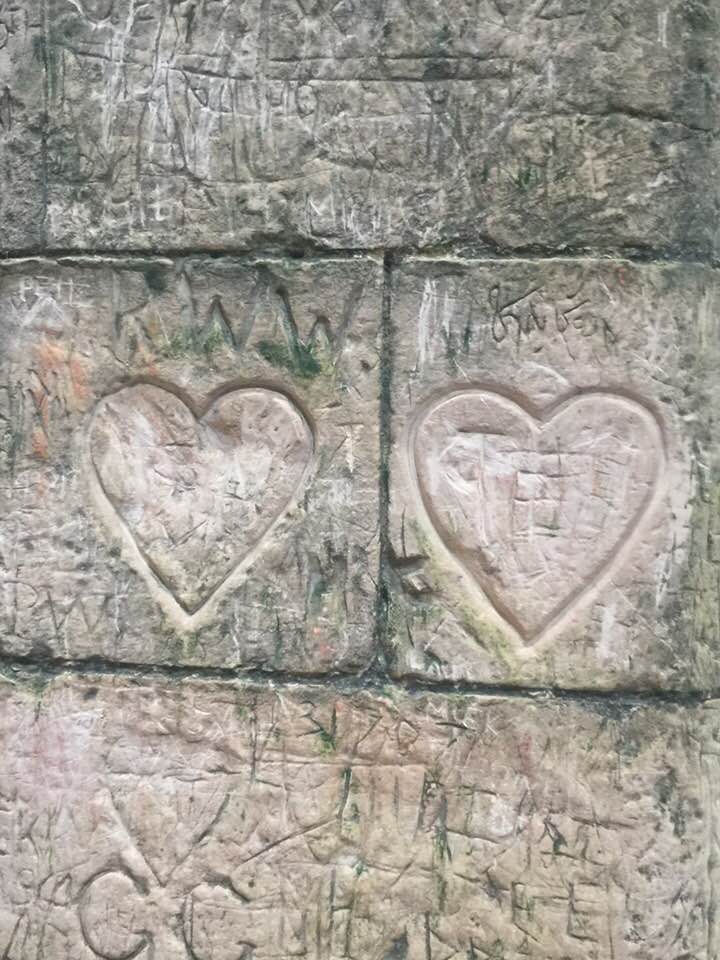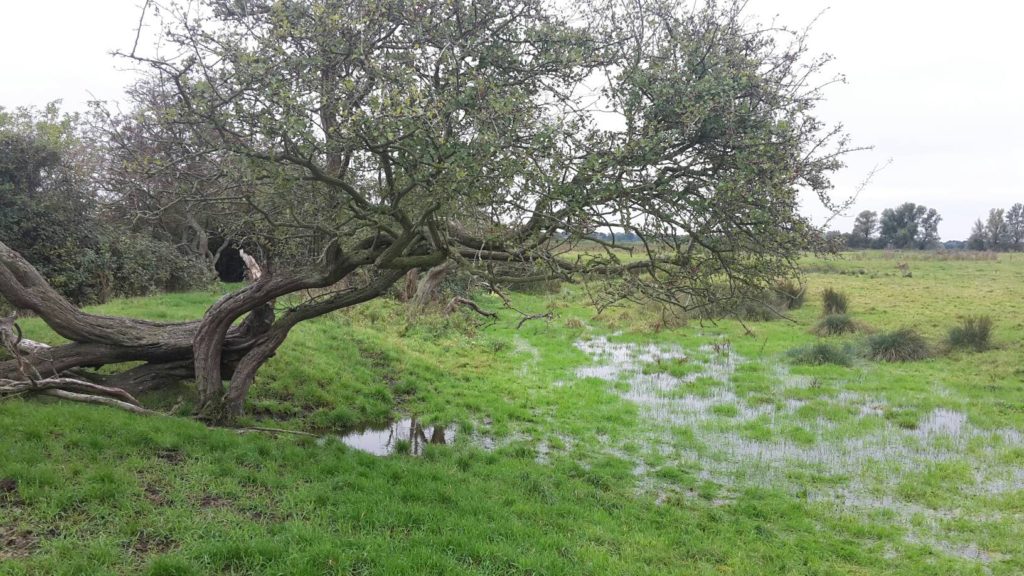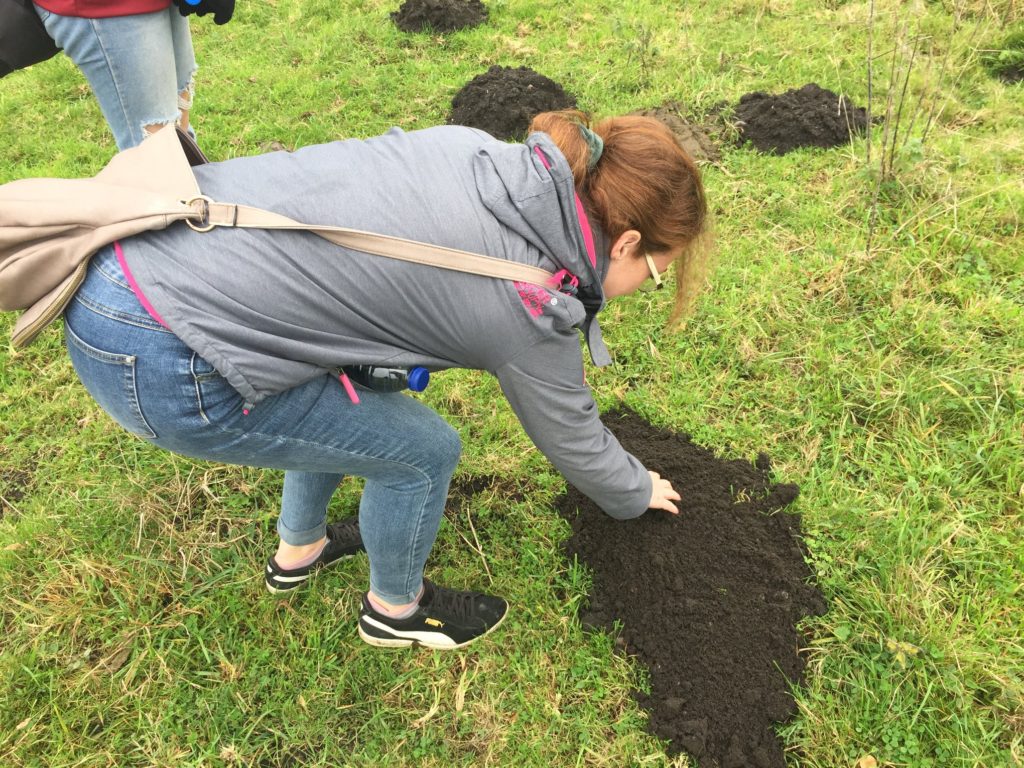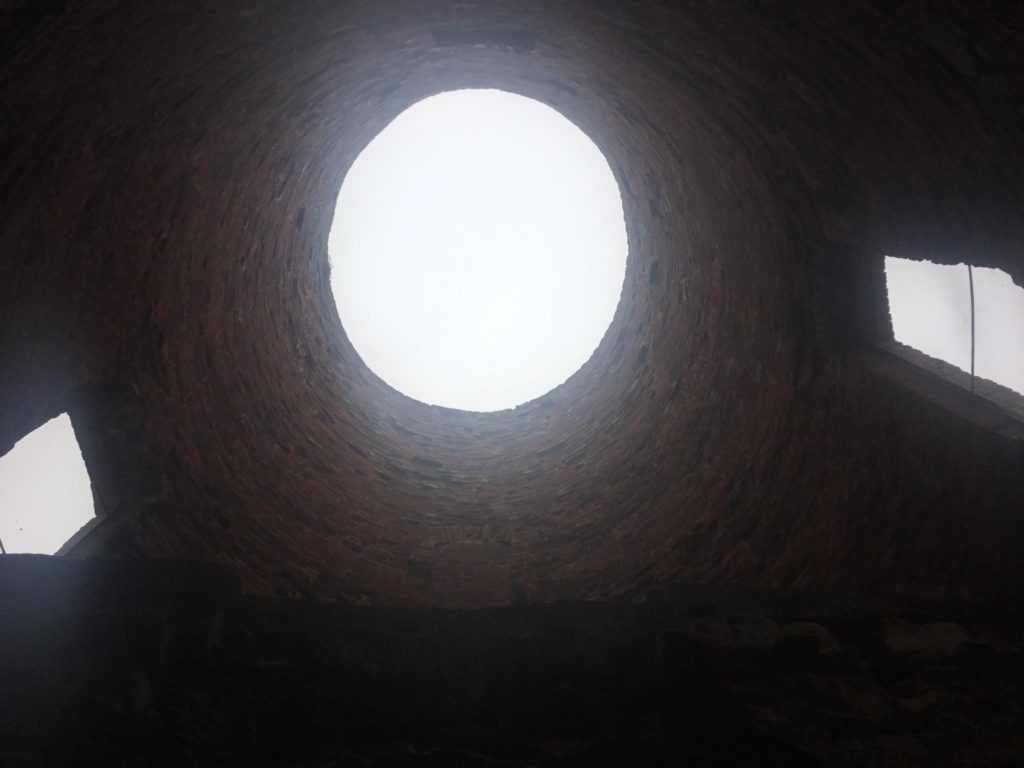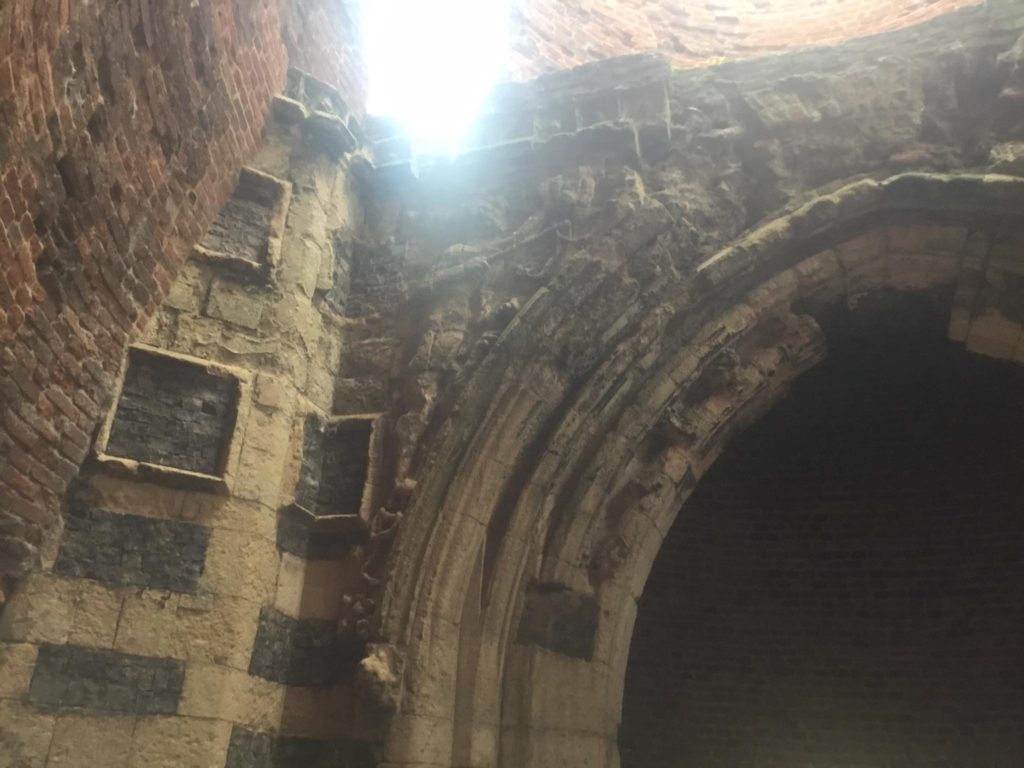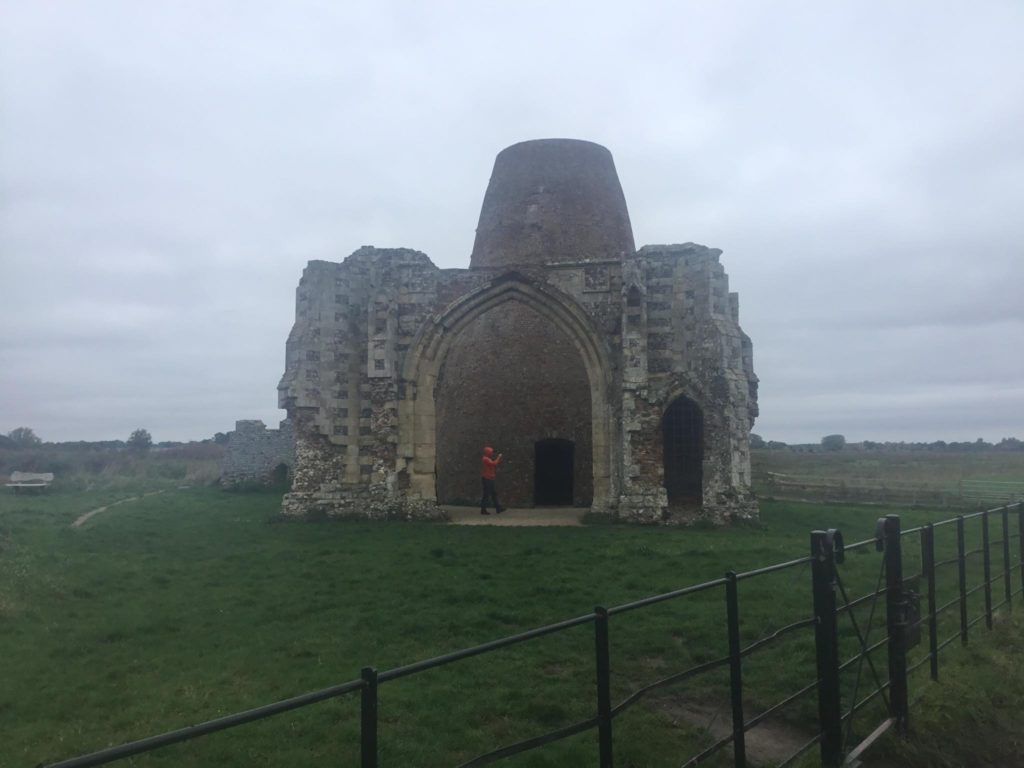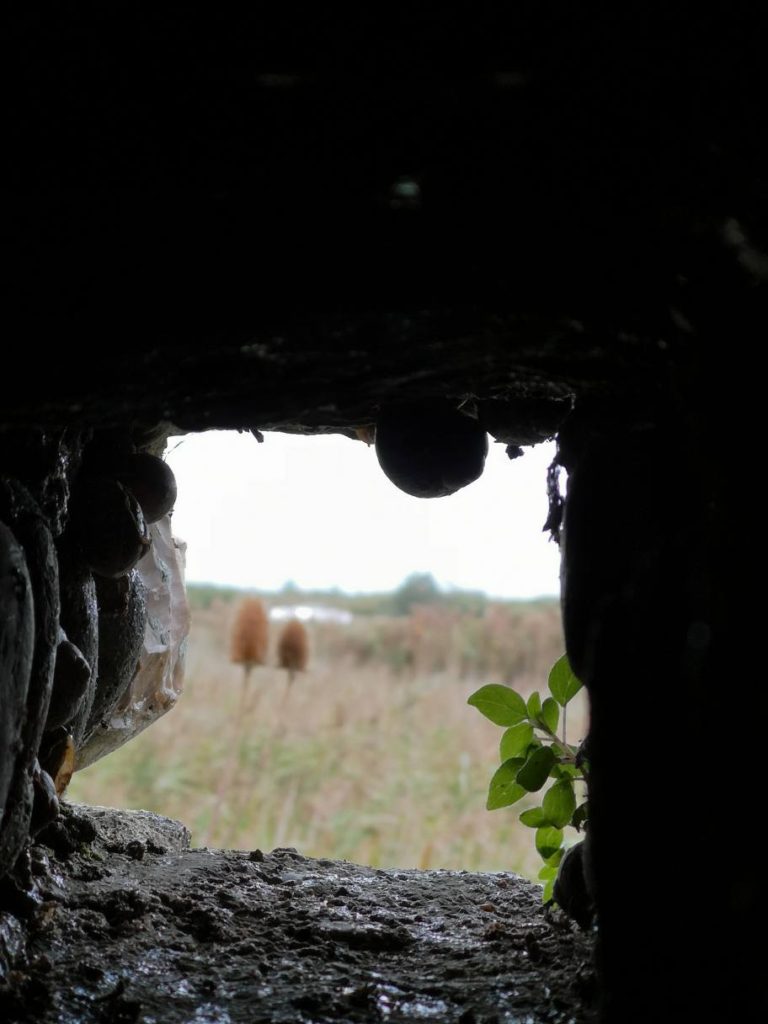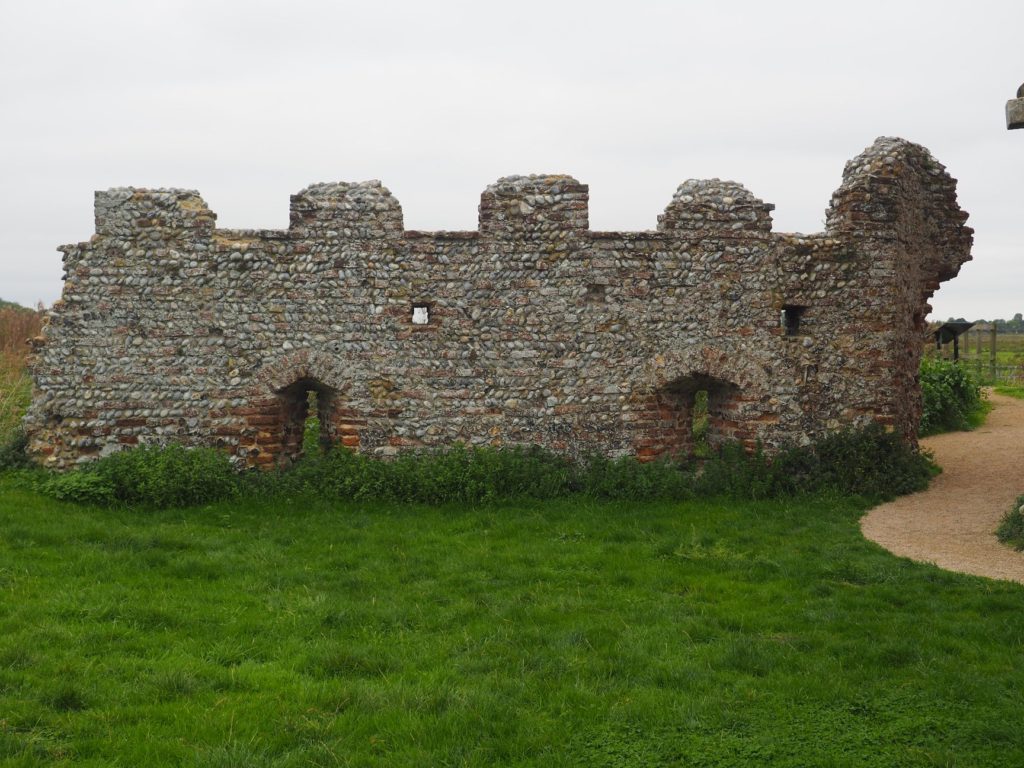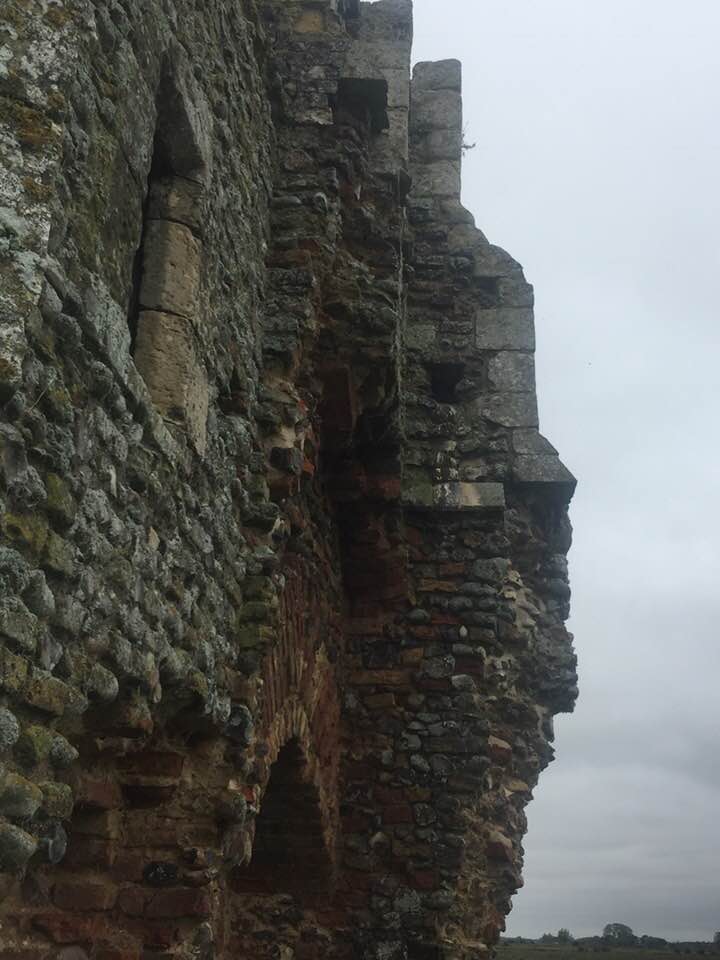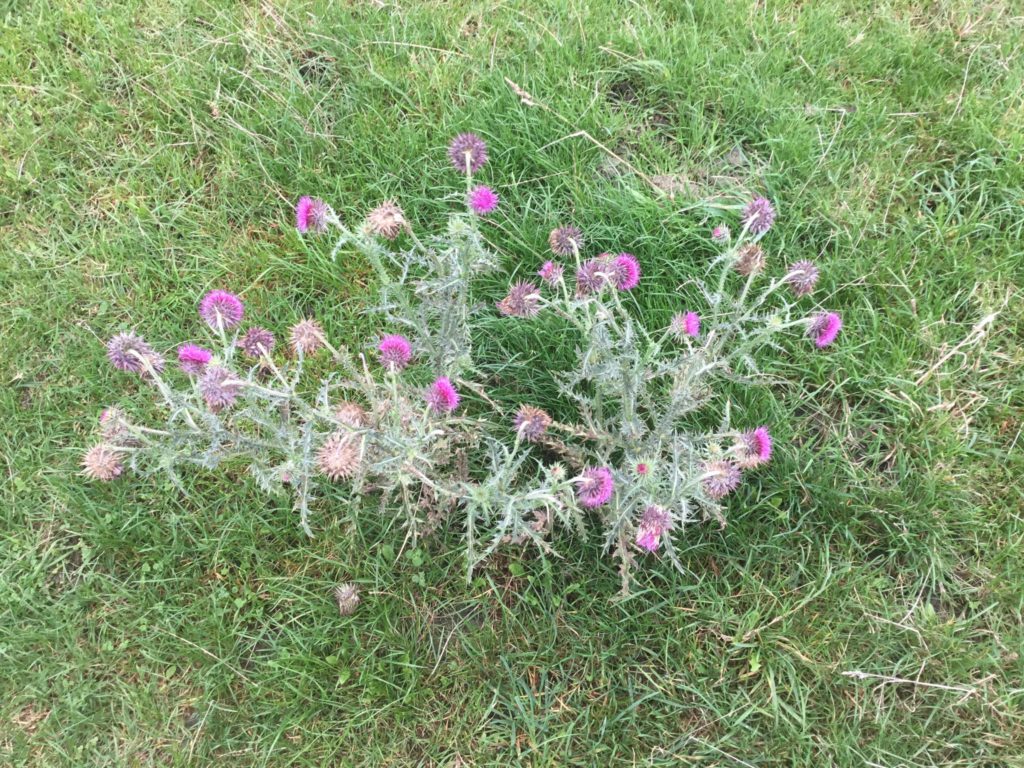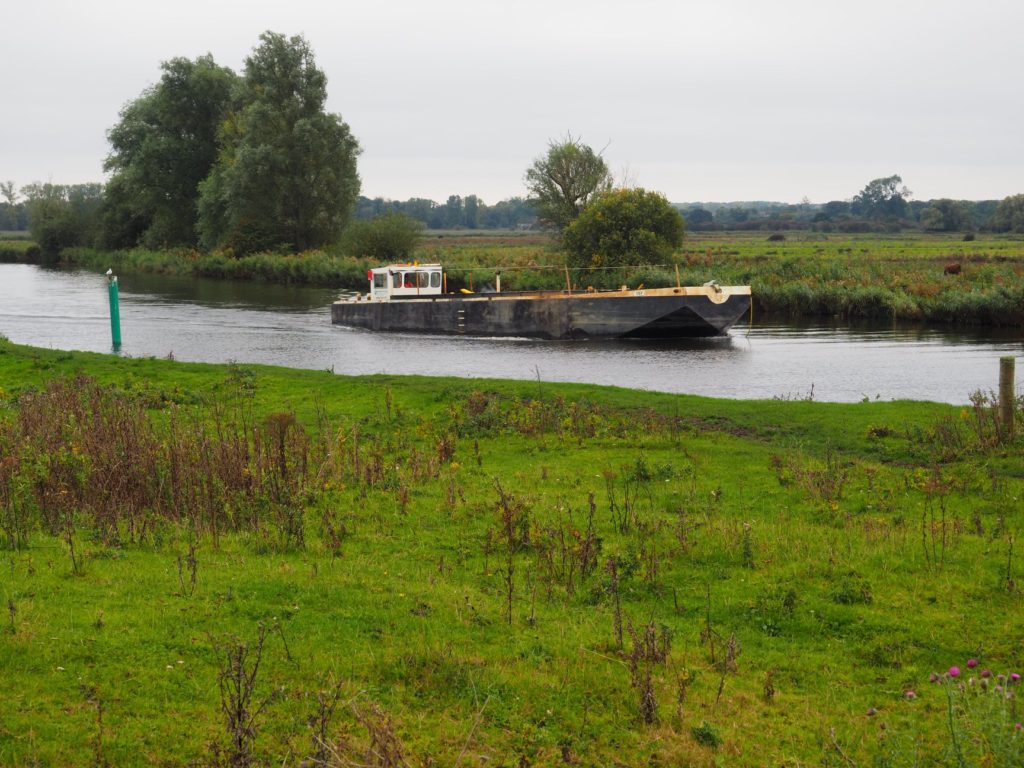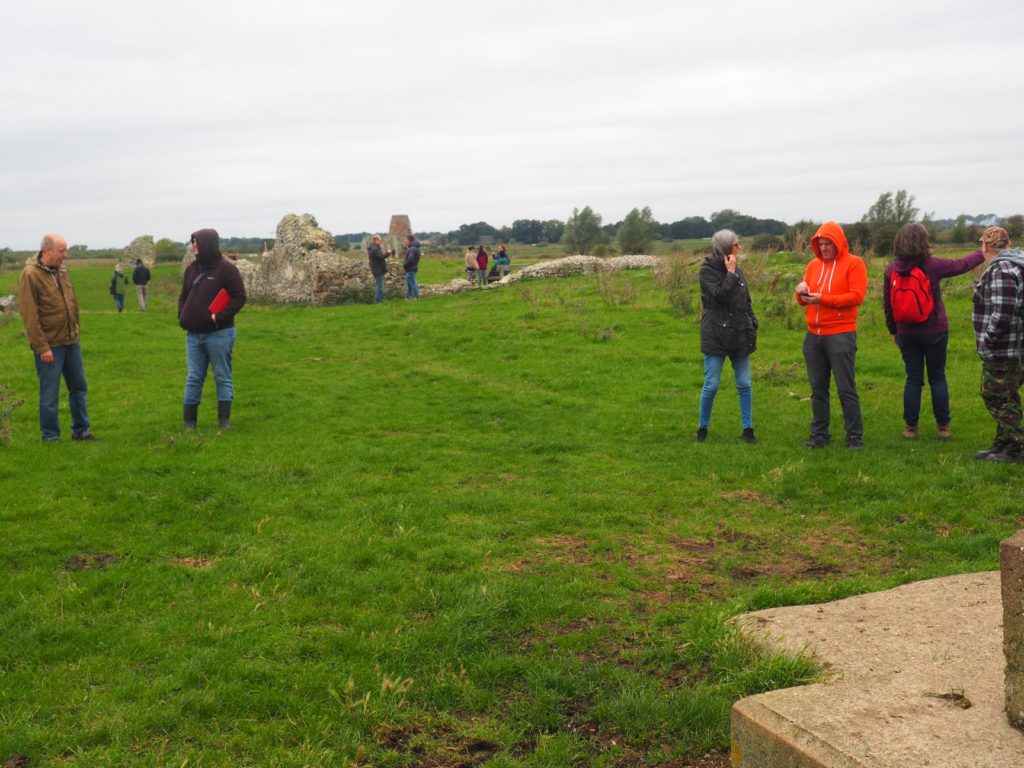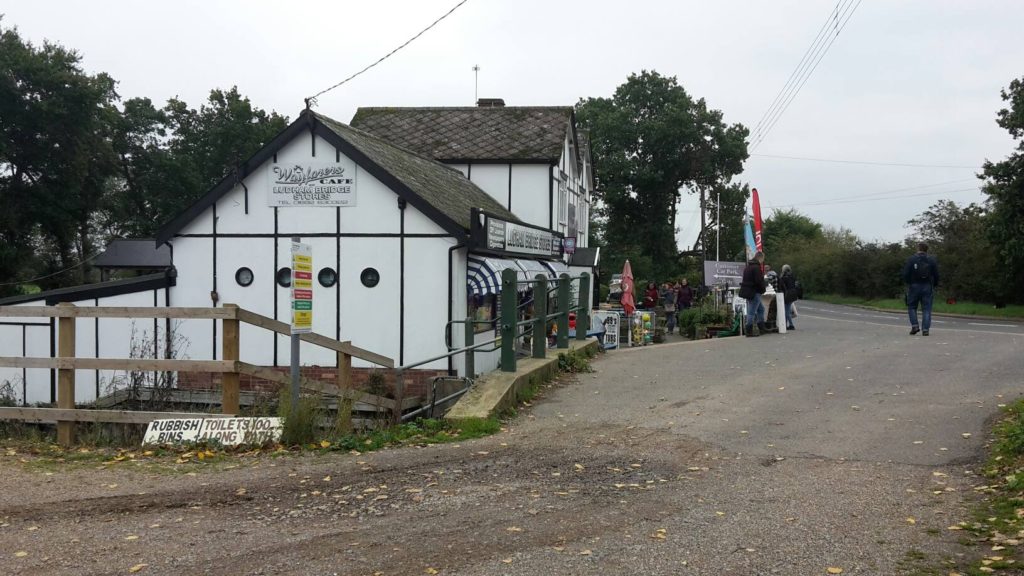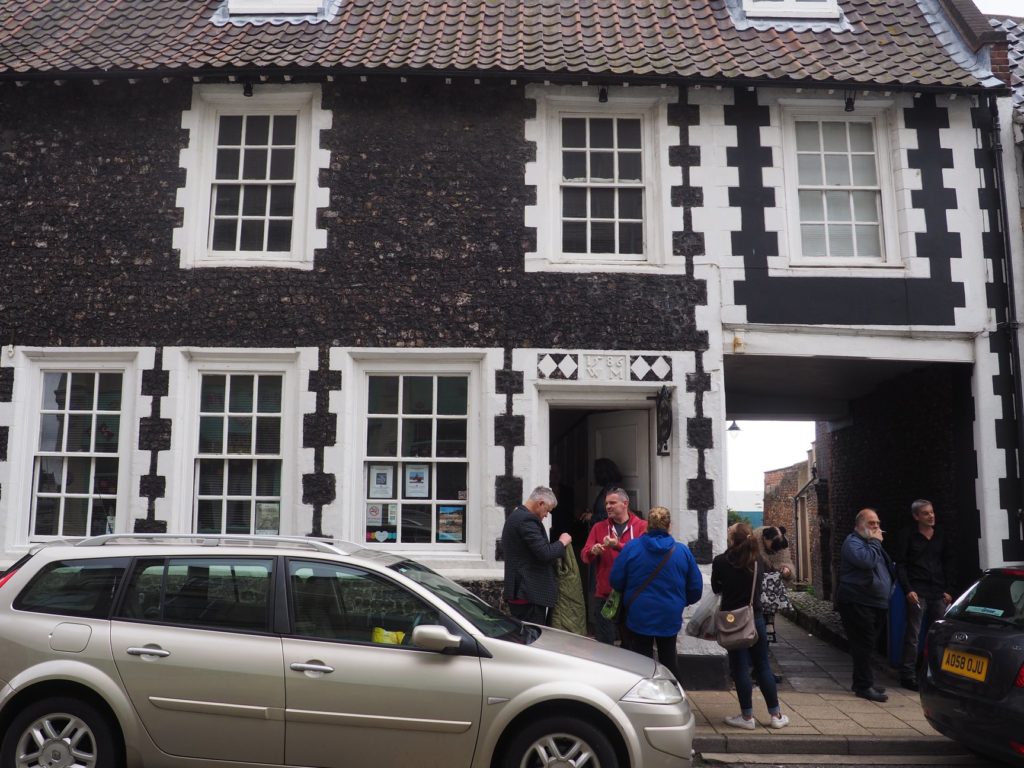Jane Willis has produced a preliminary report evaluating the impact of Burgh Castle Almanac on participants’ wellbeing. Here are some excerpts from the document, which will be incorporated in a final report to be published in Autumn 2020.
In describing their experience of BCA, participants talked
of feeling low at the start of the project. Several of them talked about the
challenge and reward of trying something new, learning new things. History and
landscape were key themes, with several people talking about the therapeutic
impact of being in nature, being outdoors, walking, witnessing the changing
seasons. Walking in nature seemed to provide both sanctuary and a safe place to
talk and connect with others. Participants talked of both looking close-up, of
being in the moment, being present; and of looking out, getting a fresh
perspective on life. And across all of these themes was that of friendship: of
new friendships formed that made them feel safe, cared for, supported and
empowered.
The key themes that arose from the narratives were:
Feeling Low
“Before I started the project, I actually felt
a bit like an injured lion and a bit like you know, really burdened by life” P1
“Well before I came here,
I think I tended to live in my own head a lot.” P3
“When you are feeling
really low you can feel that the world has become smaller and being part of
this project is maybe that the world has become bigger.” P1
Worry about the world
“I get quite worried
about what is going on the world about the way things are going” P2
“What’s going on out
there and I should be really worried about this because there is a lot of bad
shit going on.” P3
Trying new things
“Sometimes you have to take a risk and jump
off the deep end[JW2] .”
“Maybe this is helping me
do things for the very first time again” P5
“you know sometimes like
you have to go outside your comfort zone and you have to go fishing for other
stuff.” P1
“First steps on my own”
P5
Learning
“Discover more. The more
you know the better things are for you, aren’t they? Learn.” P2
“When we interviewed one
of the film makers … one of his favourite photographers was Anselm Adams and I
had never heard
of him, so I looked up his stuff and found out how
amazing it was – so that’s something that has come directly out of the group.”
P3
History
“I have gained an appreciation
of history, peace of mind.” P3
“……. found a Roman Coin
and I think that was one of the best things.” P4
“Obviously, there was a
lot of weight of history there” P6
Landscape
“The important thing for
me is that it runs all year, so you get to see the seasons change, going from
summer into autumn into winter and that gives me a sense of the landscape and
appreciating the nature.” P3
“Being outdoors I think
that is just very important for wellbeing and health and going for walks as
well.” P4
“I think people talk more
when they walk. I can talk better when I am walking along, I don’t know why.”
P4
“The elderflower, just
because I like picking elderflower. We picked it a few times. And drawing in
nature.”
“The changing seasons, as
we go through the year and the wildlife which I have become so much more aware
of, and the boat and the broads.” P7
Sanctuary
“I have always found calm
by water and there’s a spot on the site that I take a little 5 or 10 second
clip of, and if I am struggling, I play it to myself just to hear the sounds
and stuff.” P5
“I must say I have come
up here when I have not being feeling… when I have not been in the Burgh Castle
Group, that is like a little safe place for me, I feel calm and relaxed up here
and everything just shadows off.” P5
“The sophisticated
sanctuary is really tranquil and …that is basically what you can do for your
mind, when you are out there and walking.” P6
Look / take notice
“But up close here,
really looking at life and really being in the moment, that is something I have
gained a lot from this.” P3
“Looking at things in more detail” P4
Perspective
“If you took us all up
individually to the site, we would all show you something individually, from a
different viewpoint. And I like that. We’d all have a different view of the
site. And the view from here. When you get up there, the view is just great
wherever you look. That is also why ESCAPE.” P6
“I think what the group
has taught me more than anything is to look outside. But in looking outside,
you find an inner peace; you can find new freedoms within you as well as being
in a lovely landscape which gives you freedom as well.” P3
Friendship
“I have made new friends
which I never thought I would.” P2
“That is a mother bear
caring for her cubs. Everyone should care for each other.” P2
“Be more friendly towards
people. More understanding. Not judge people all the time.” P2
Safety
“Joining a club when you
can speak to anybody when we are walking round. It is not cliquey or anything
like that, its lovely.” P7
Expression and sharing
“It is good to talk to
people. Don’t hide everything. Don’t bottle it in.” P2
I have really enjoyed it
because I am quite an introverted person really, and it’s just nice to be able
to chat to people. It’s just very therapeutic. And you can just go up and talk,
and you talk about things you don’t normally talk about.” P7
The impacts were then grouped according to theme. The themes arising in order of prominence (in terms of number of stars or number of mentions) were:
Friendship / community (6 stars and 7 mentions)
- Sense
of part of a community **
- Interaction
– people *
- Friendship
*
- Pulled
me out of my shell more outgoing *
- Meeting
people
- When
one struggles someone’s there alongside
- Sense
of being a part of something
Wellbeing / change (6 stars / 3 mentions)
- Changed
life ***
- You
feel much better for coming ***
- I
get withdrawal symptoms if I haven’t been for a while
Confidence (1 star / 4 mentions)
- Sense
of satisfaction and achievement *
- More
confident
- More
willing to try new things
- Sense
of achievement
Change in perspective (1 star / 3 mentions)
- Special
things that open up your mind*
- Opens
your horizons
- Valuing
individual perspectives
Access (3 mentions)
- Access
to Museums, Culture
- I
have discovered I enjoy learning (e.g. watching programmes on BBC4 which I
would not have done before)
- Curious
about the world around me
Purpose (1 mention)
- Given
me a new purpose for living
Although not initially an aim of the focus group,
participants commented on why they thought the project had been successful. They
noted that the project felt safe, well managed and well-held, and a place where
they did not feel judged. The fact that it was a two-year project also enabled
them to feel safe, knowing that it was going to carry on. They appreciated the
new experiences it gave them, but also felt that it enabled them to connect
with a sense of history, culture and place leading to a greater sense of
connection and belonging.
Duration (6 stars / 2 mentions)
- 2-year
project – means long enough to forge friendships ******
- Knowing
it’s not going to shut down after a couple of months
New Experiences (5 stars / 4 mentions)
- New
experiences ***
- Access
to museums/galleries for free (low incomes) **
- Access
not just entrance fee – transport/food
Situated in place, history and culture (2 stars / 3
mentions)
- Local
history, place **
- Learning
about culture + place
- Appreciate
landscape/place/history
Safe Space (2 stars / 2 mentions)



